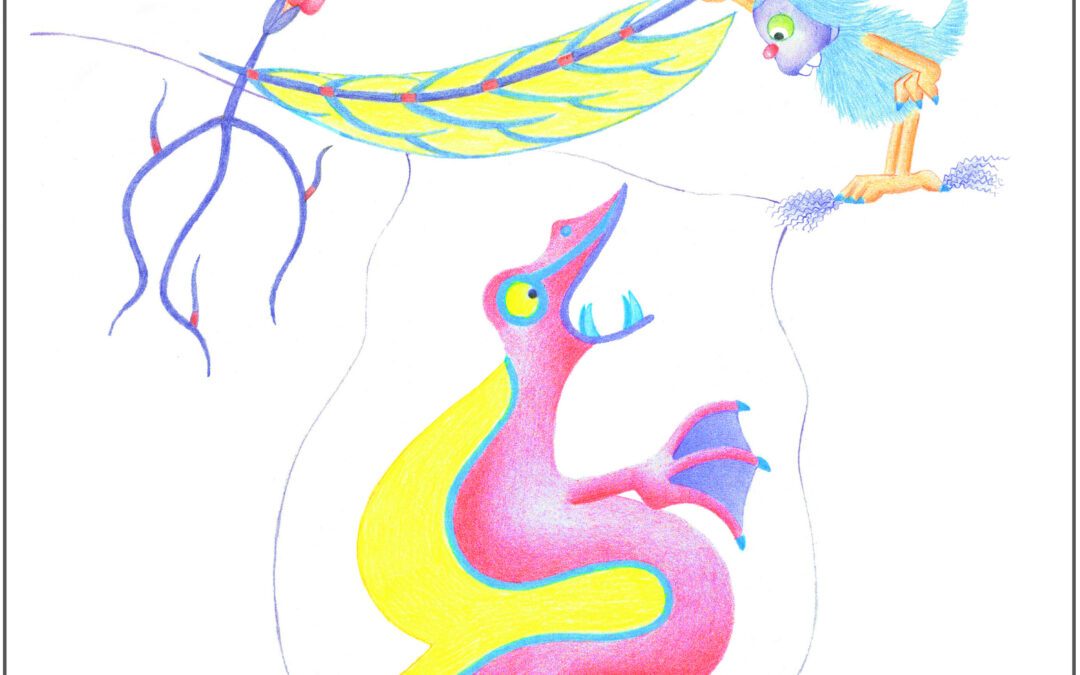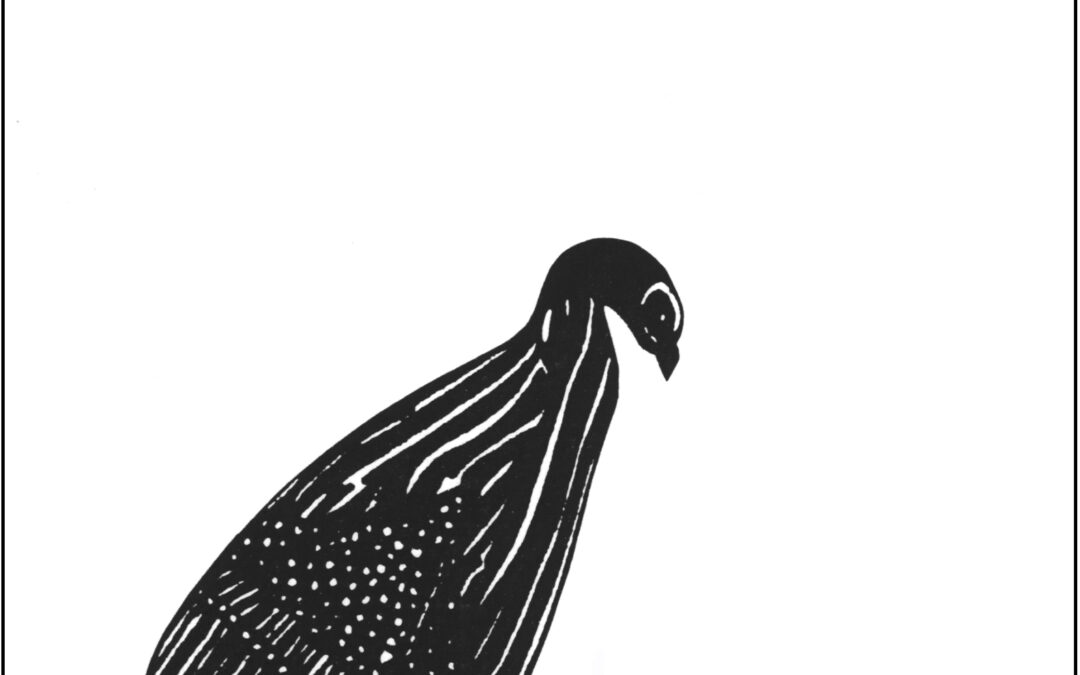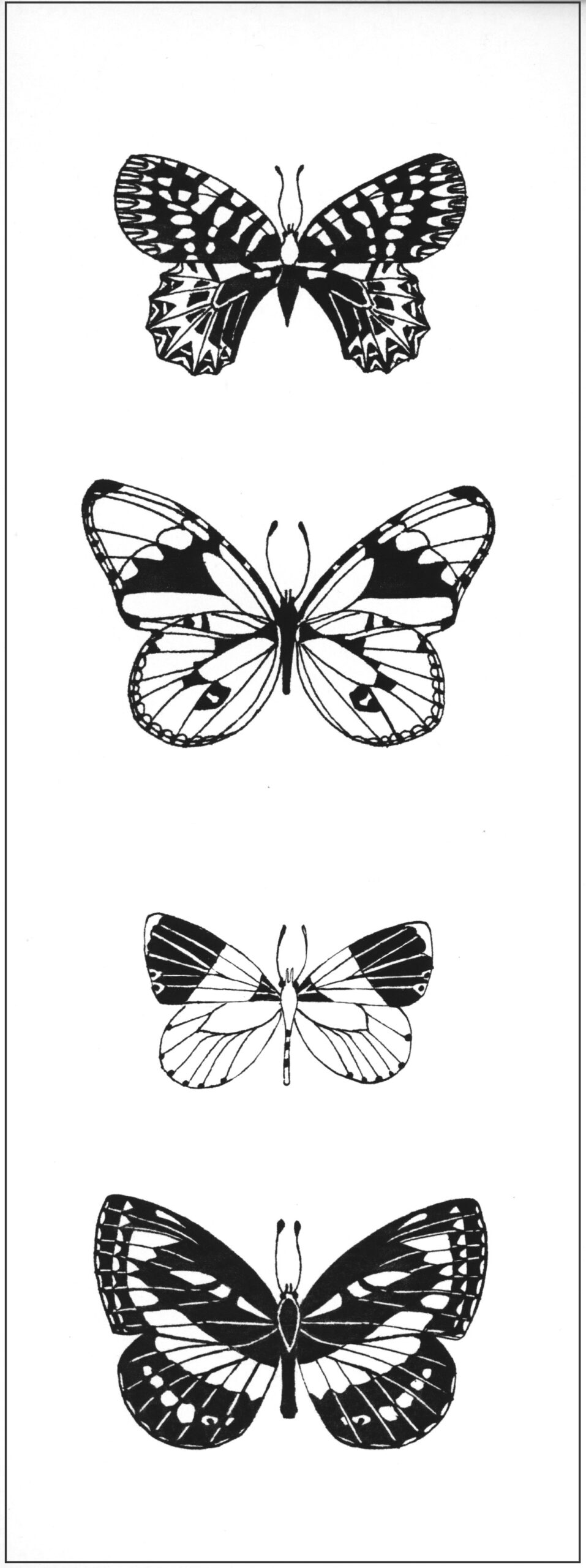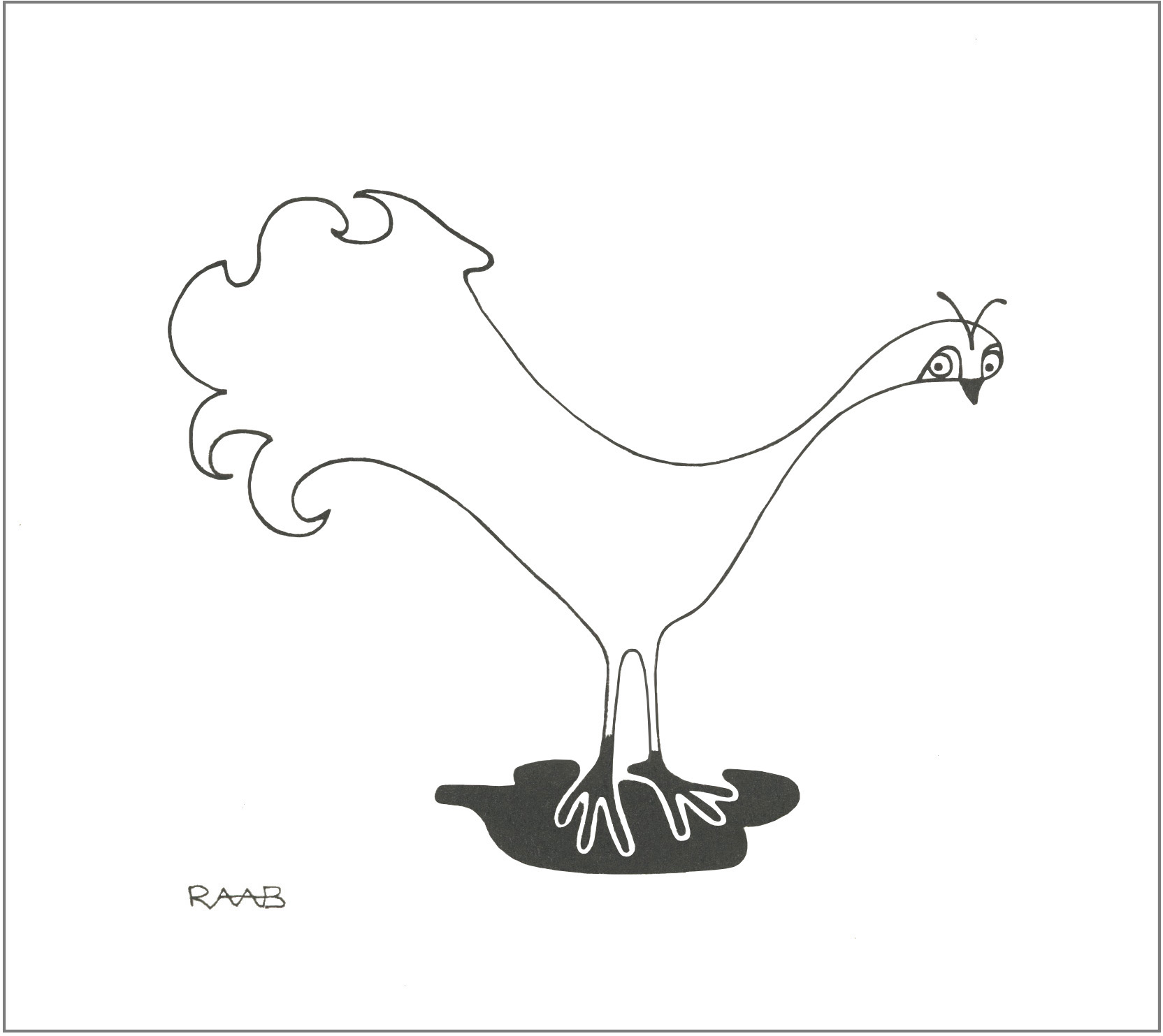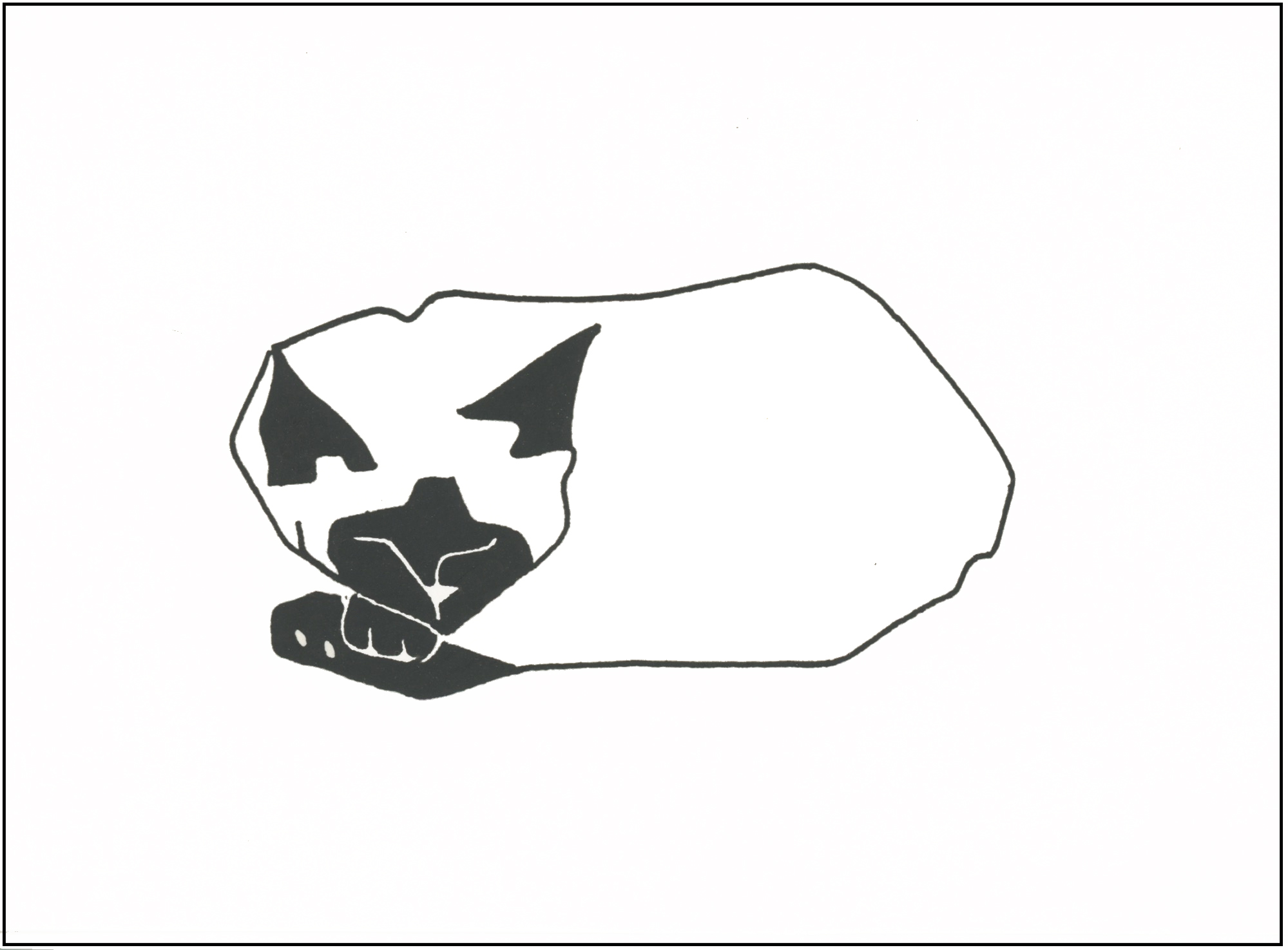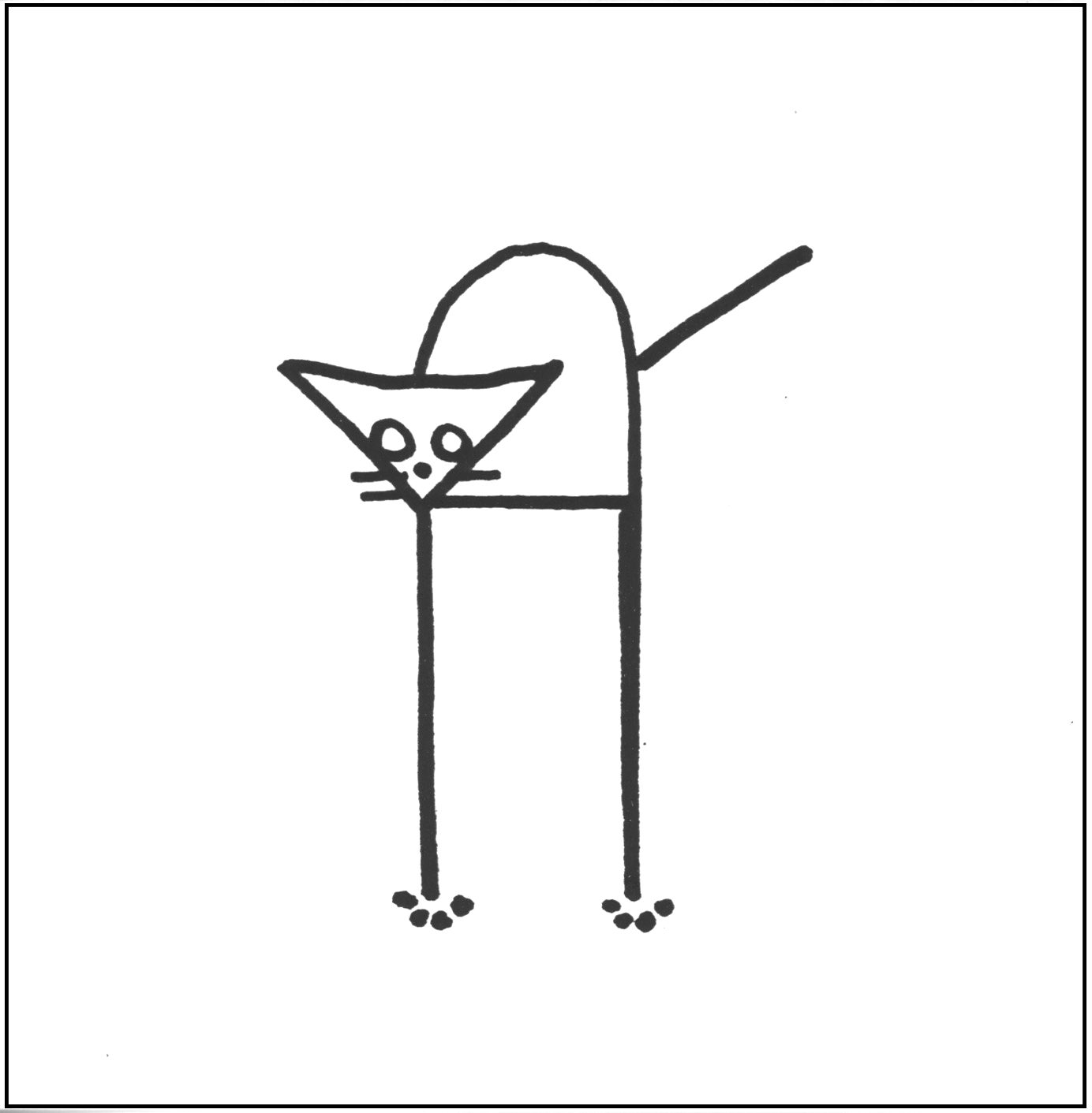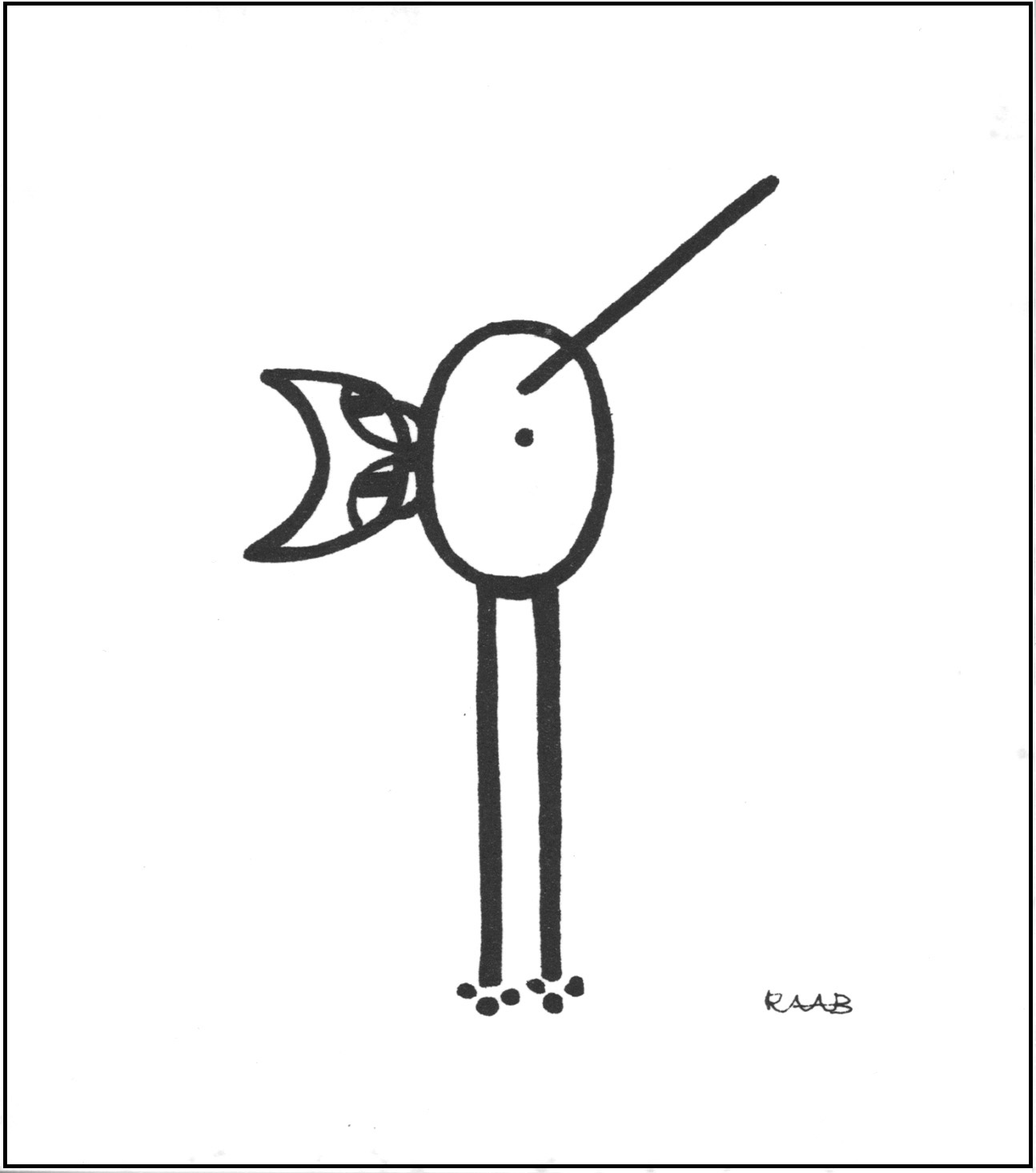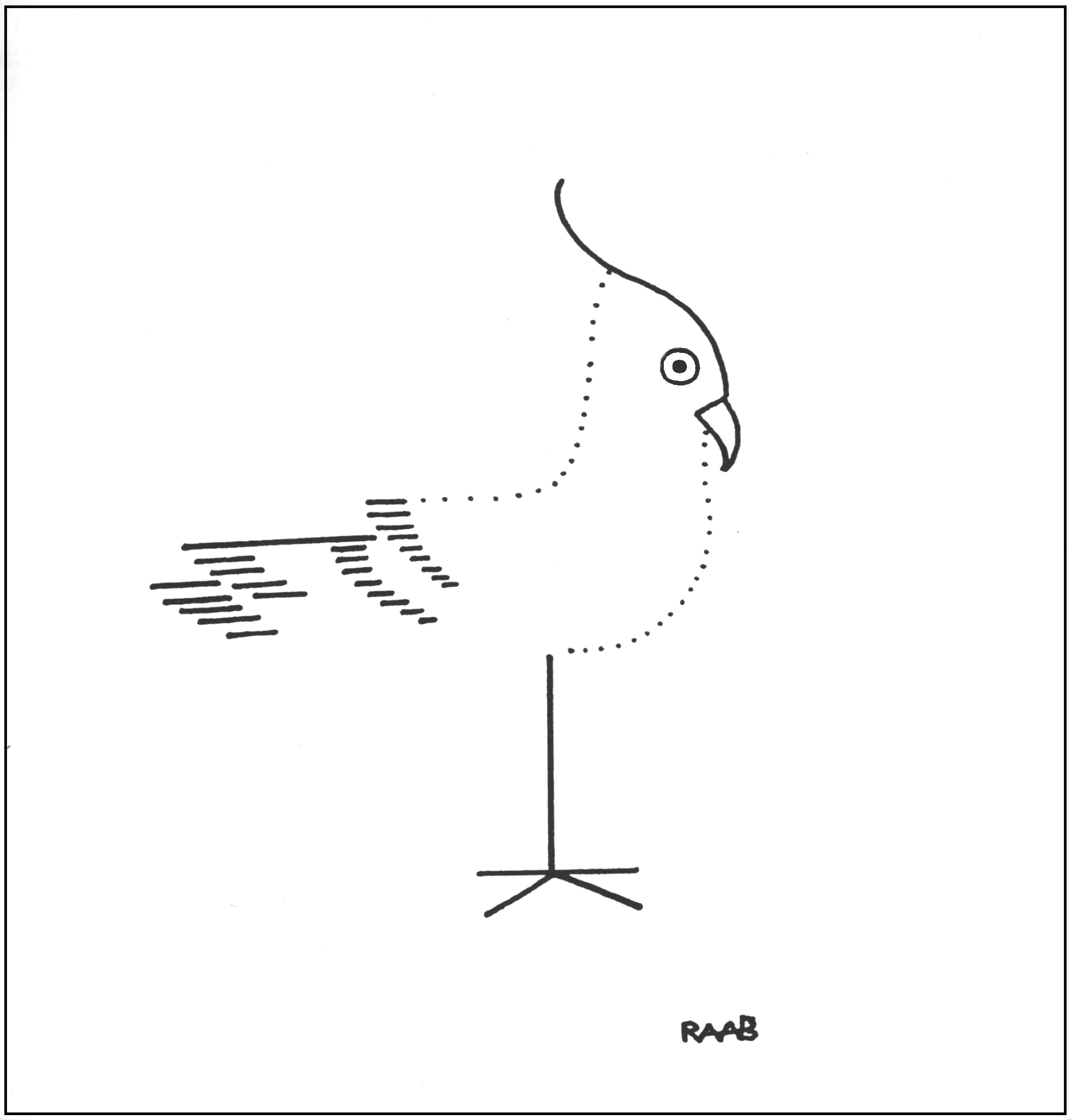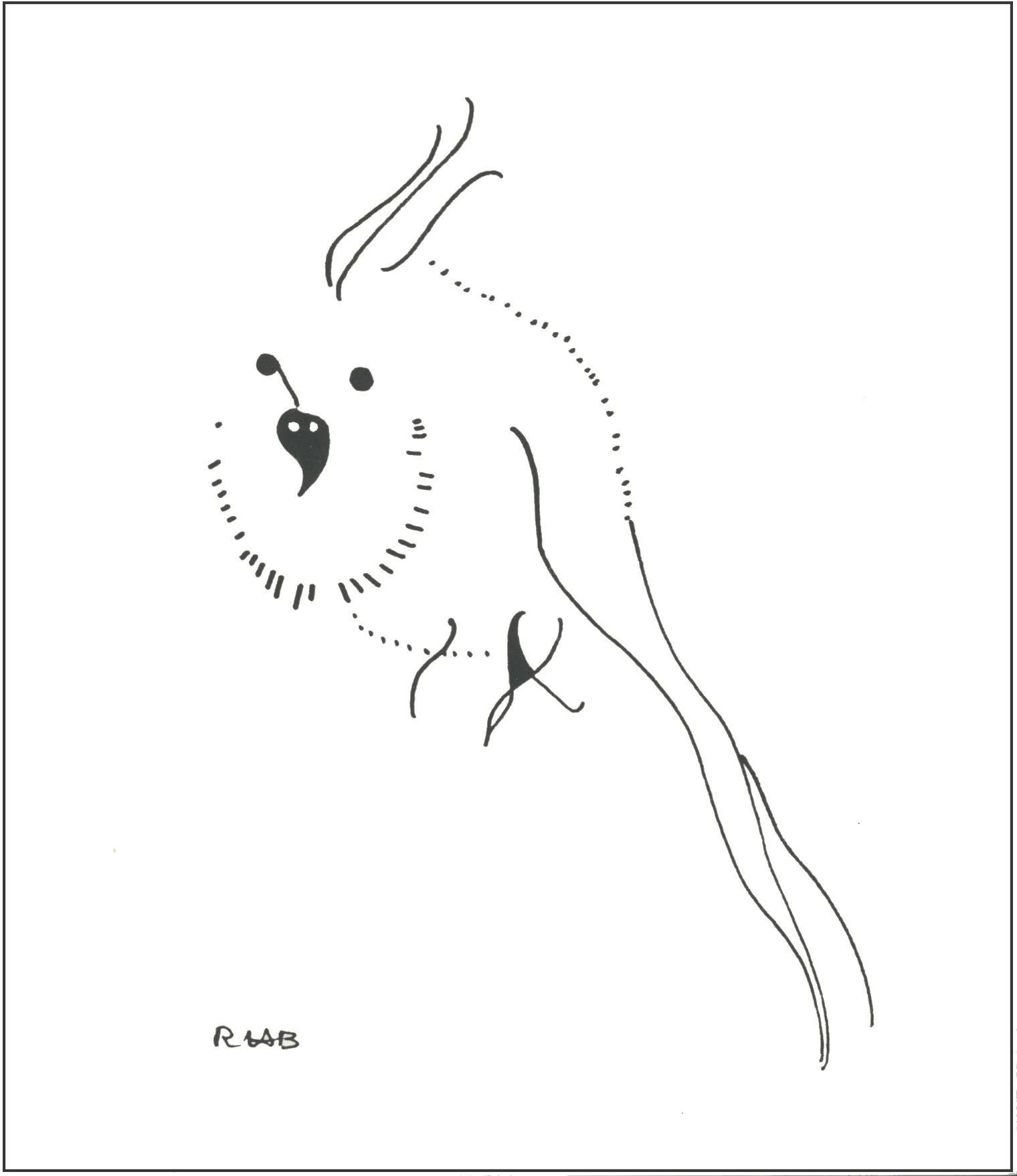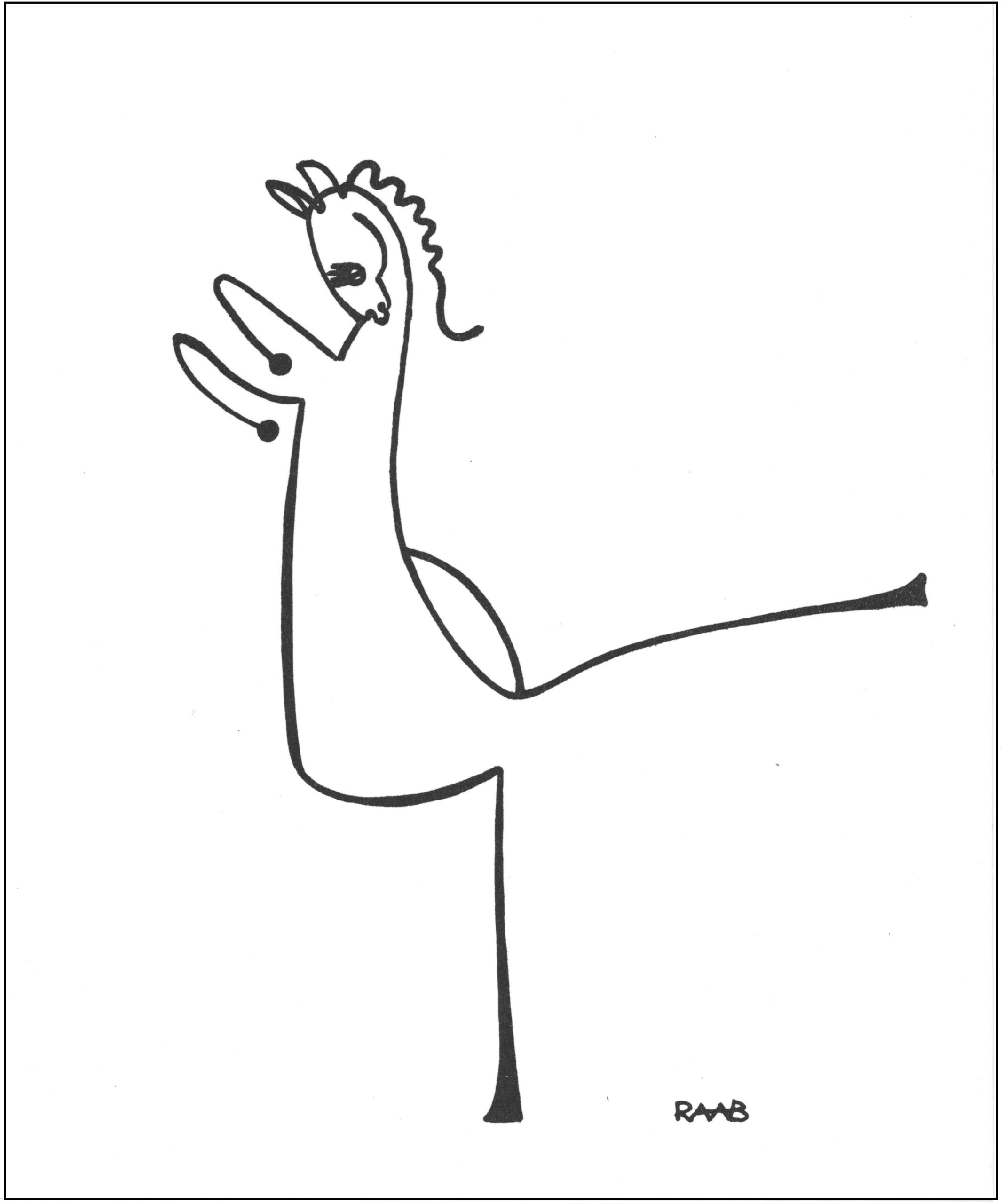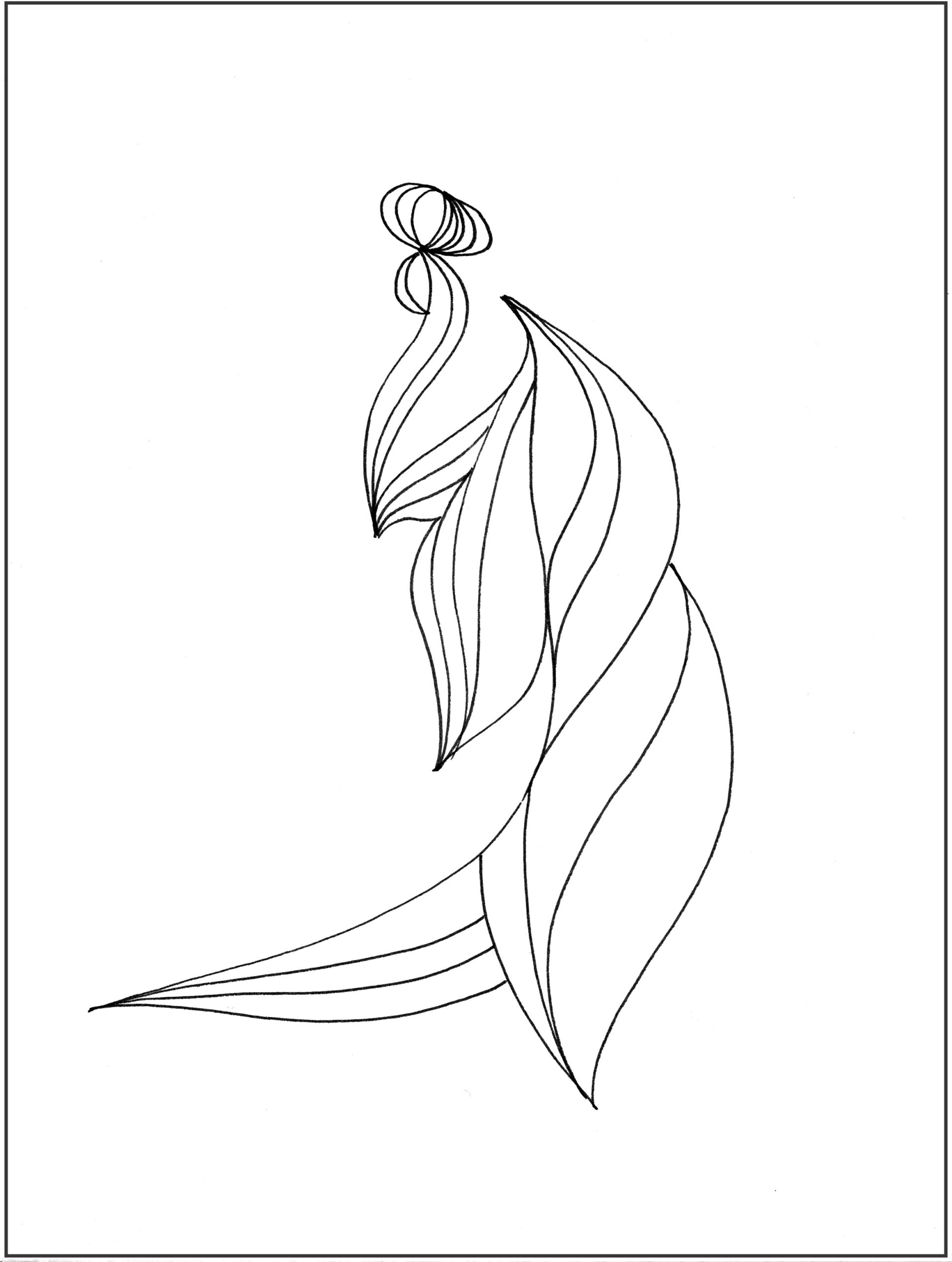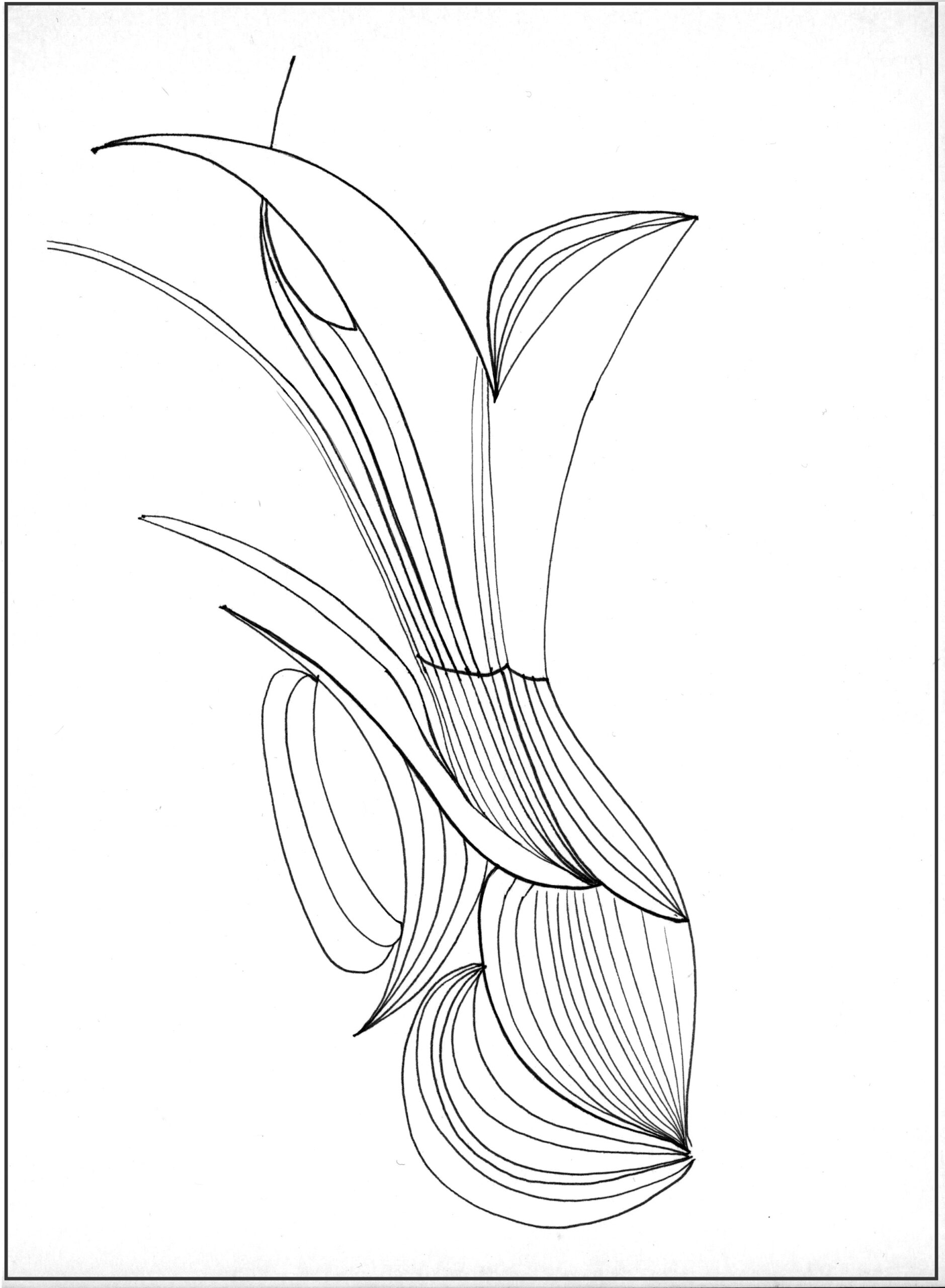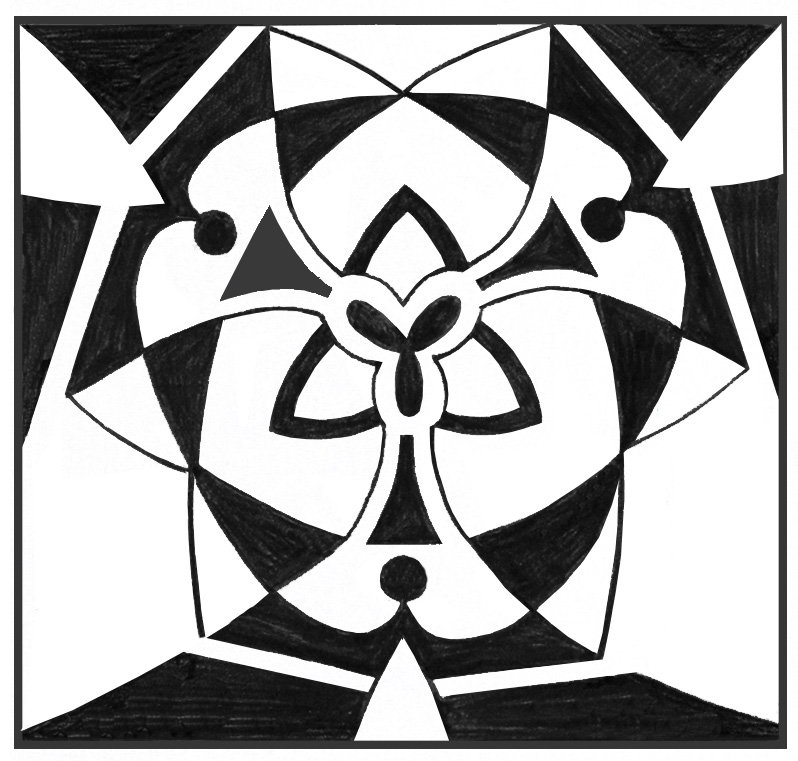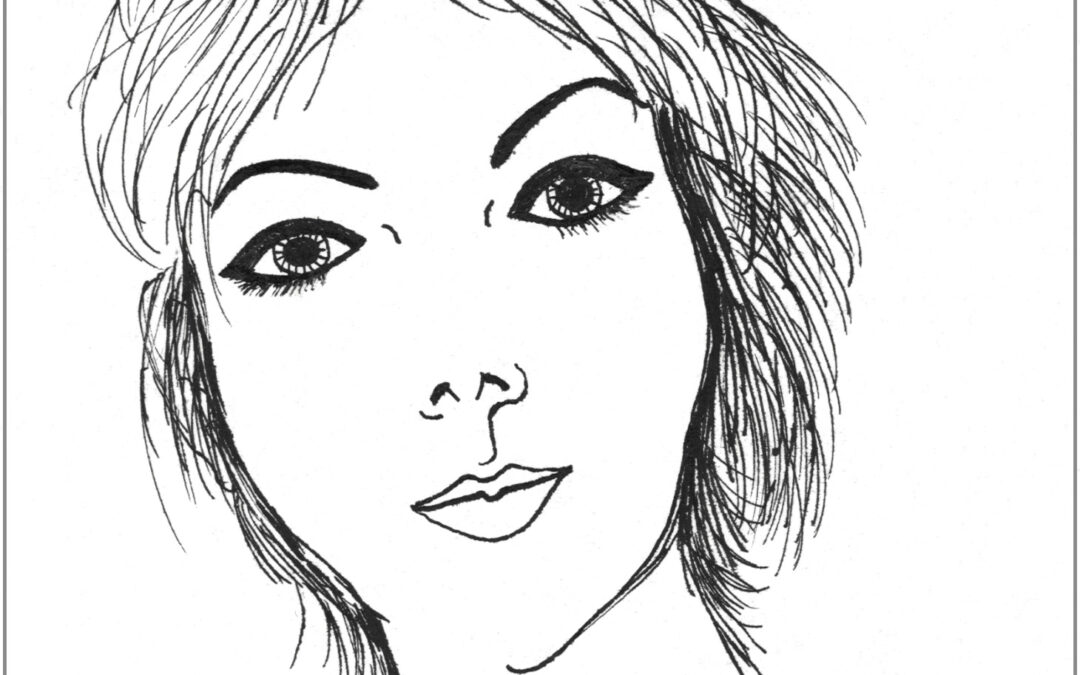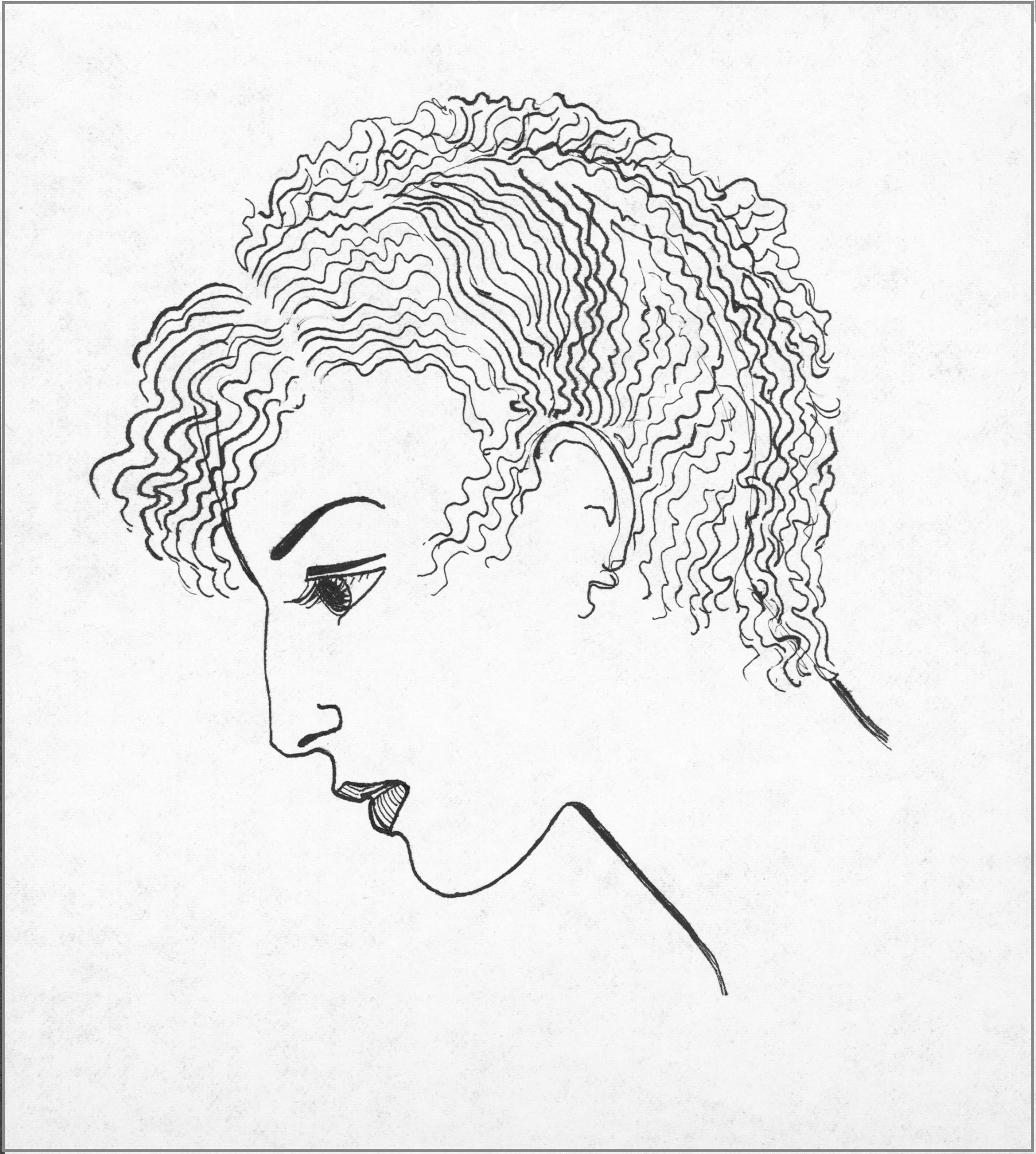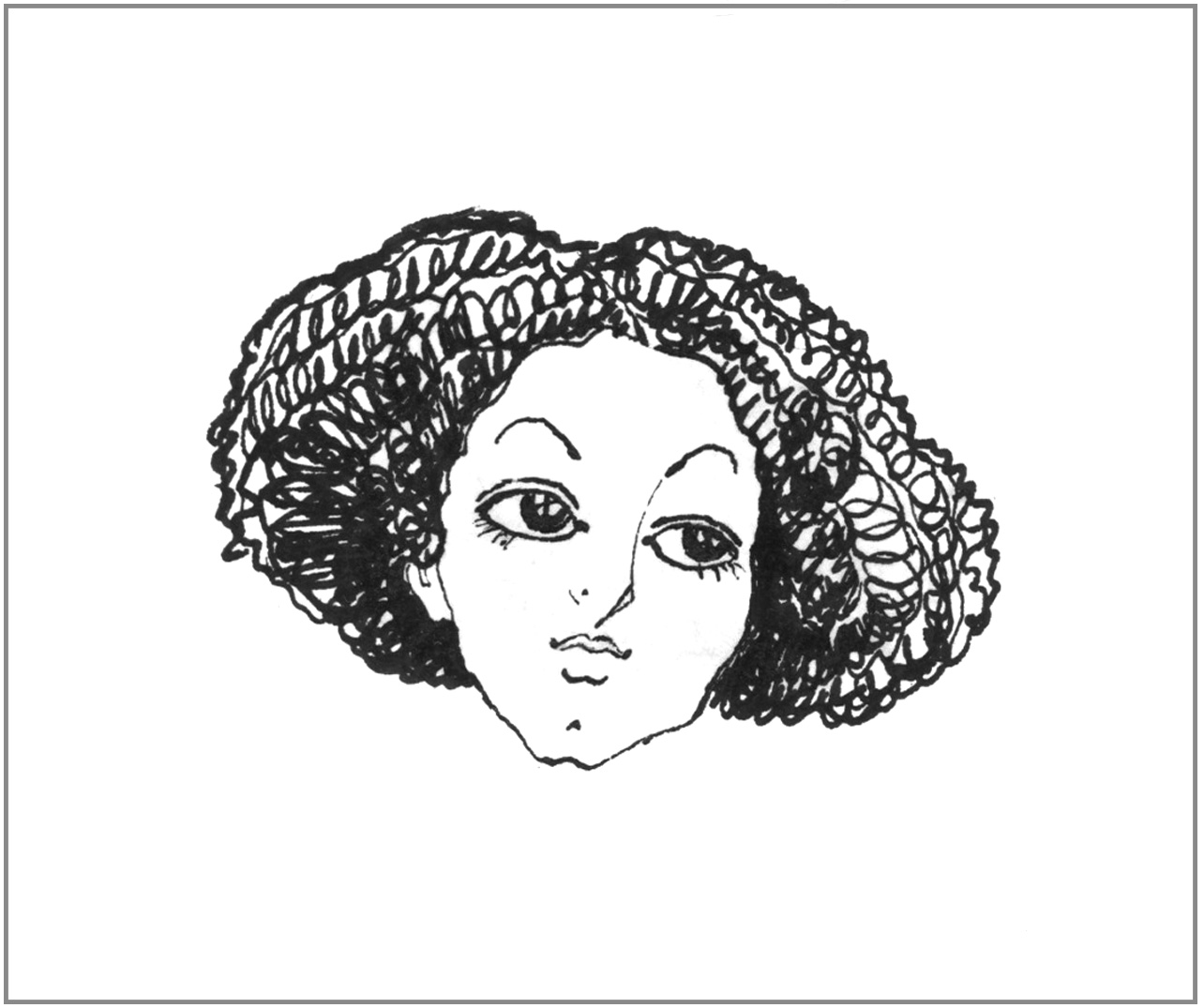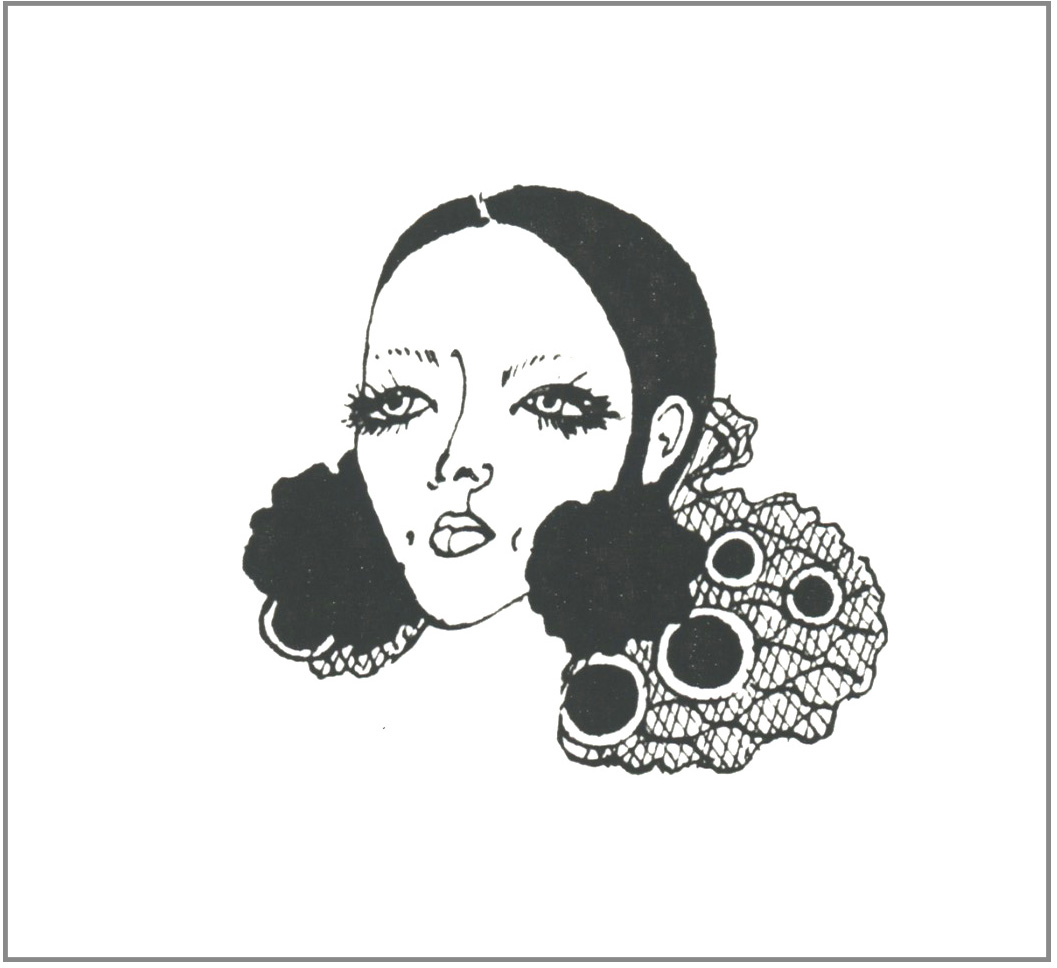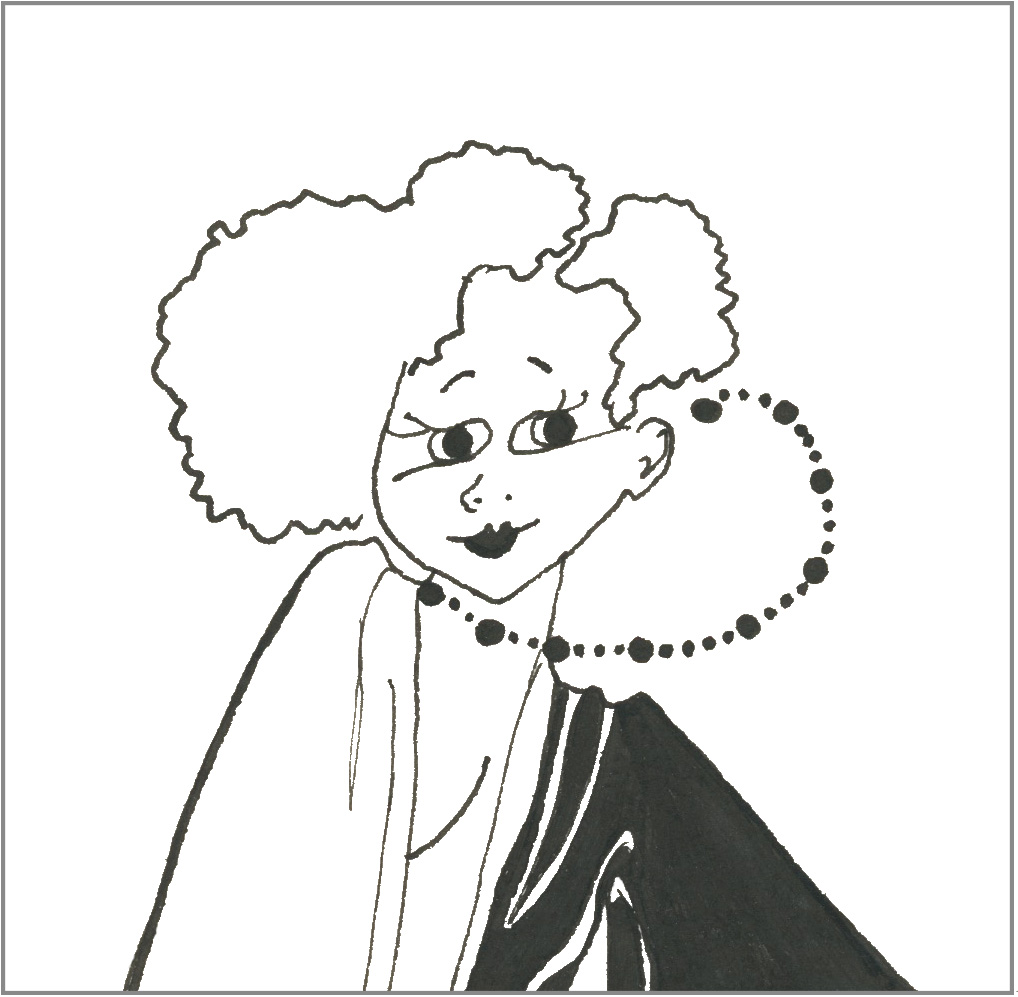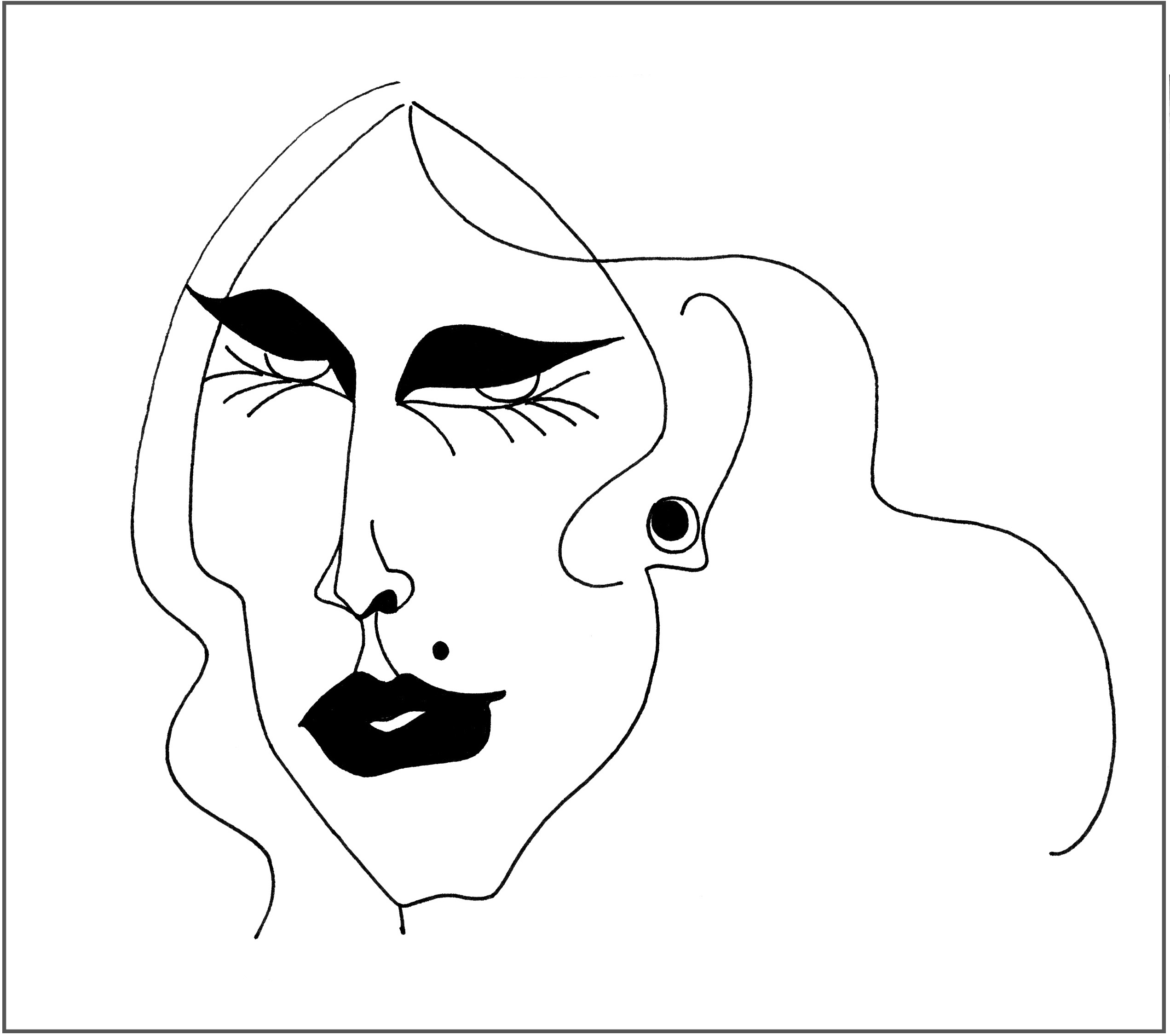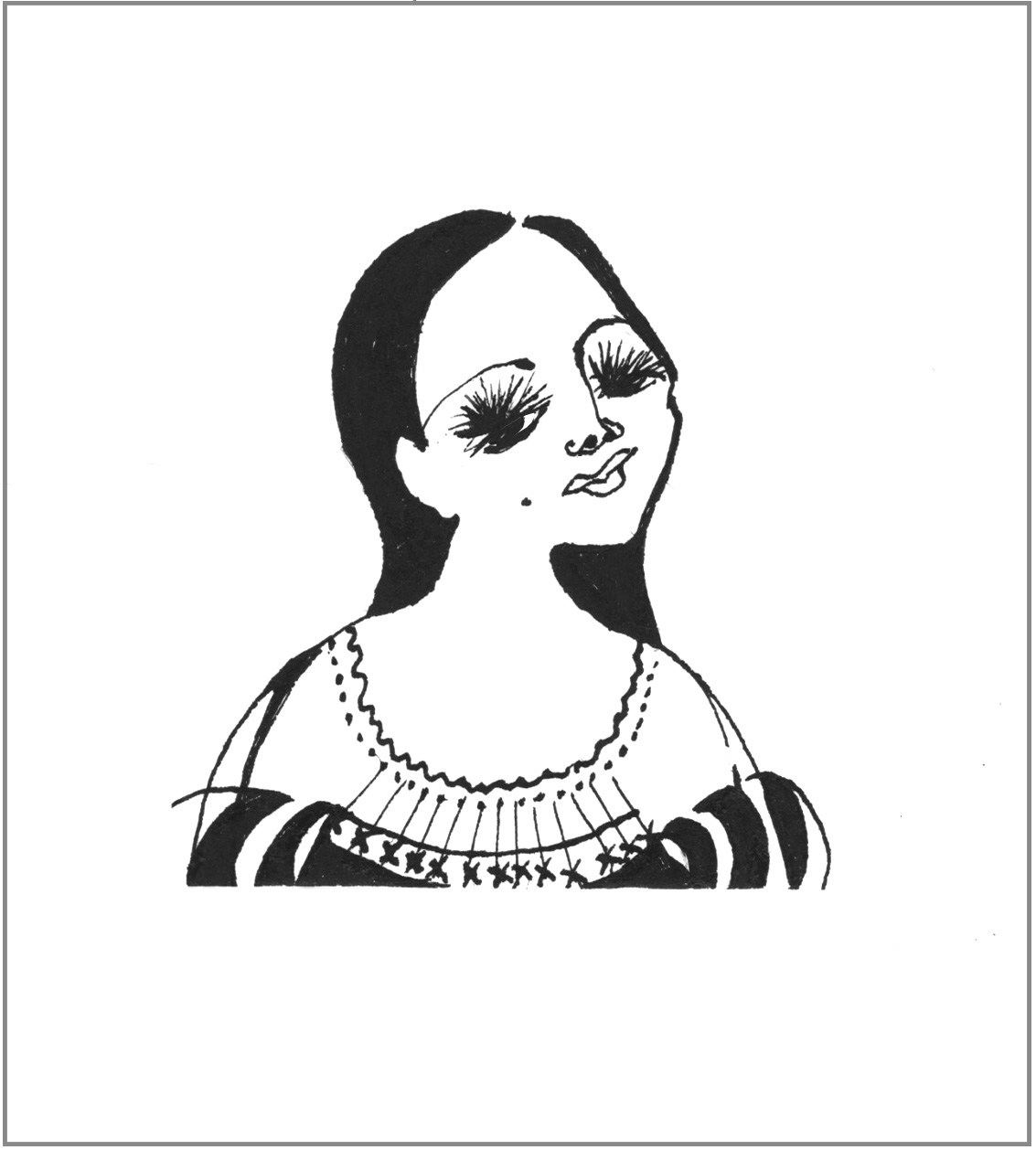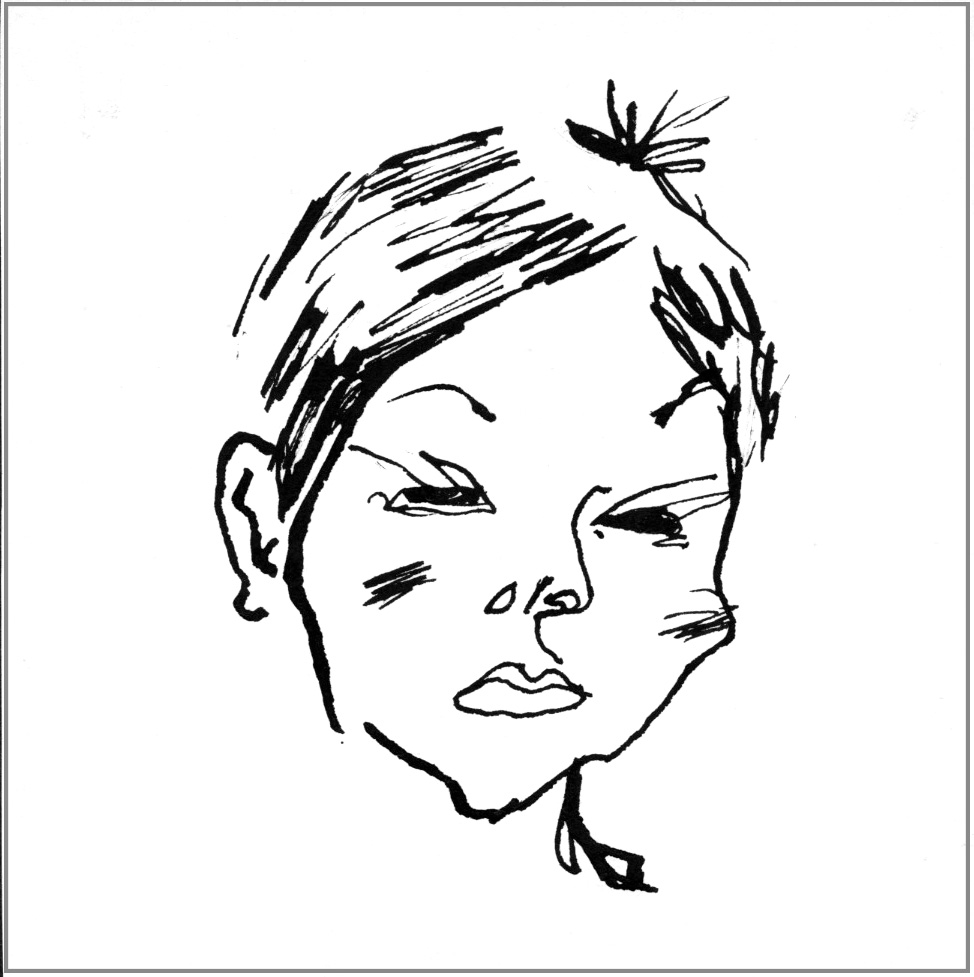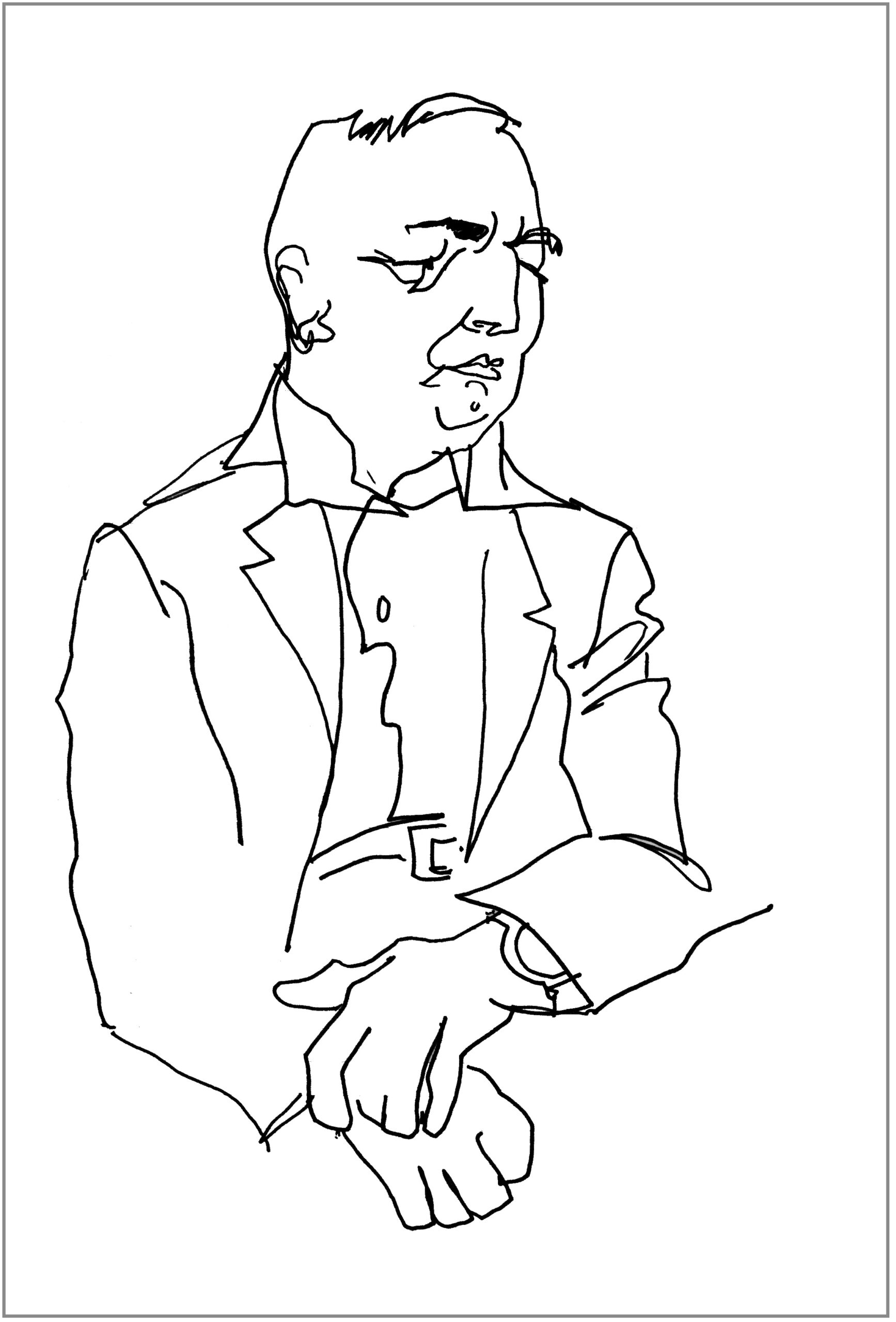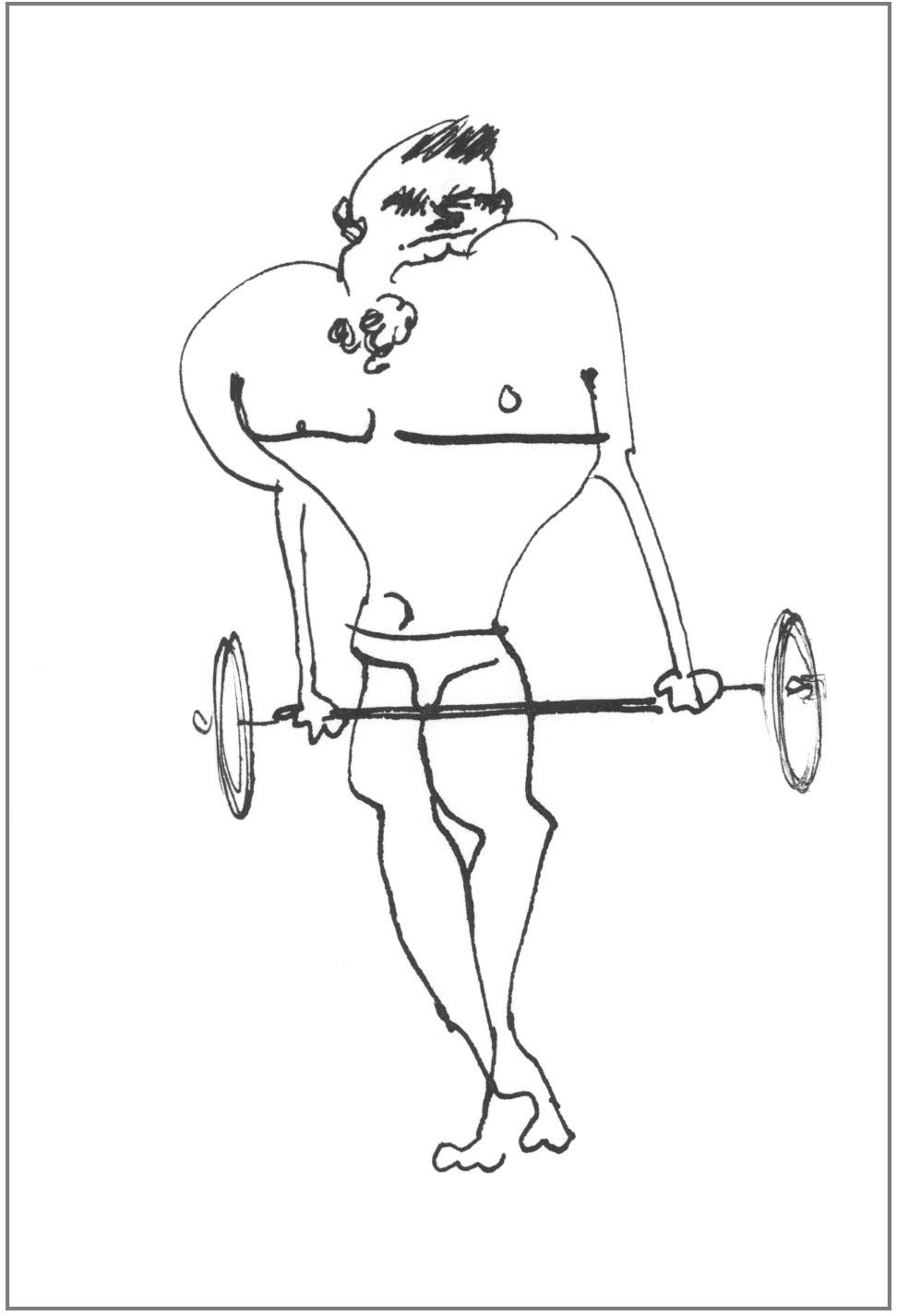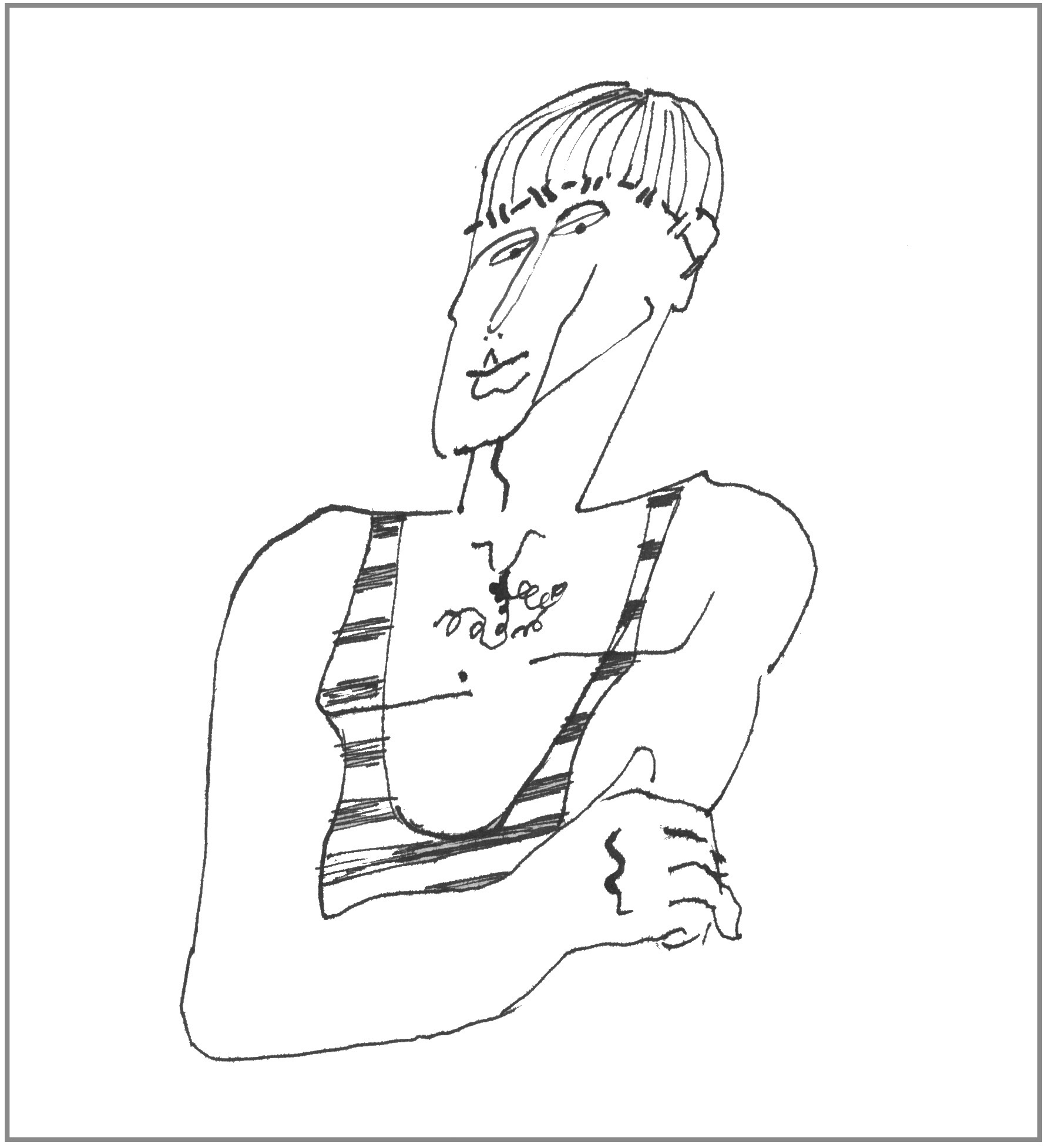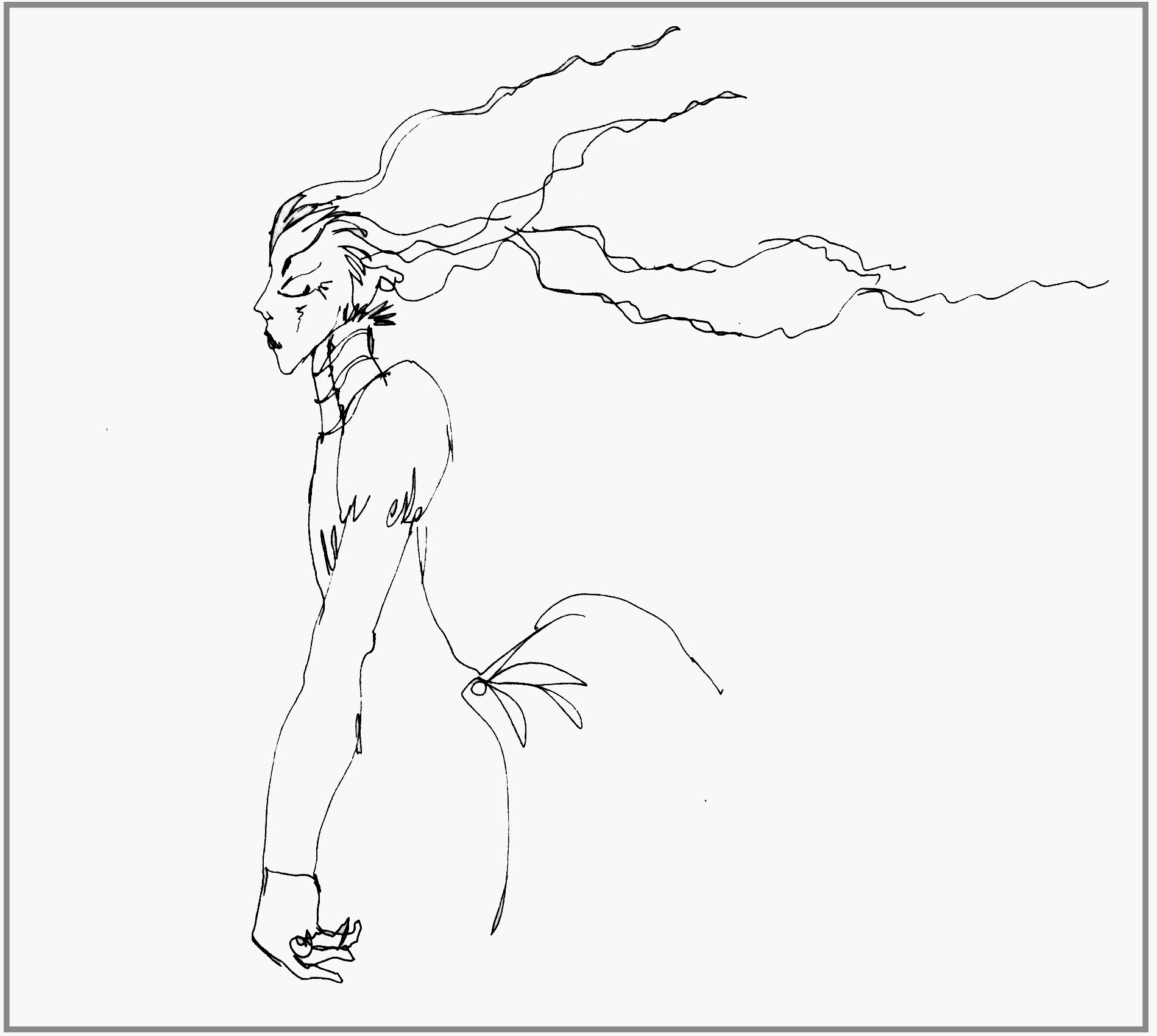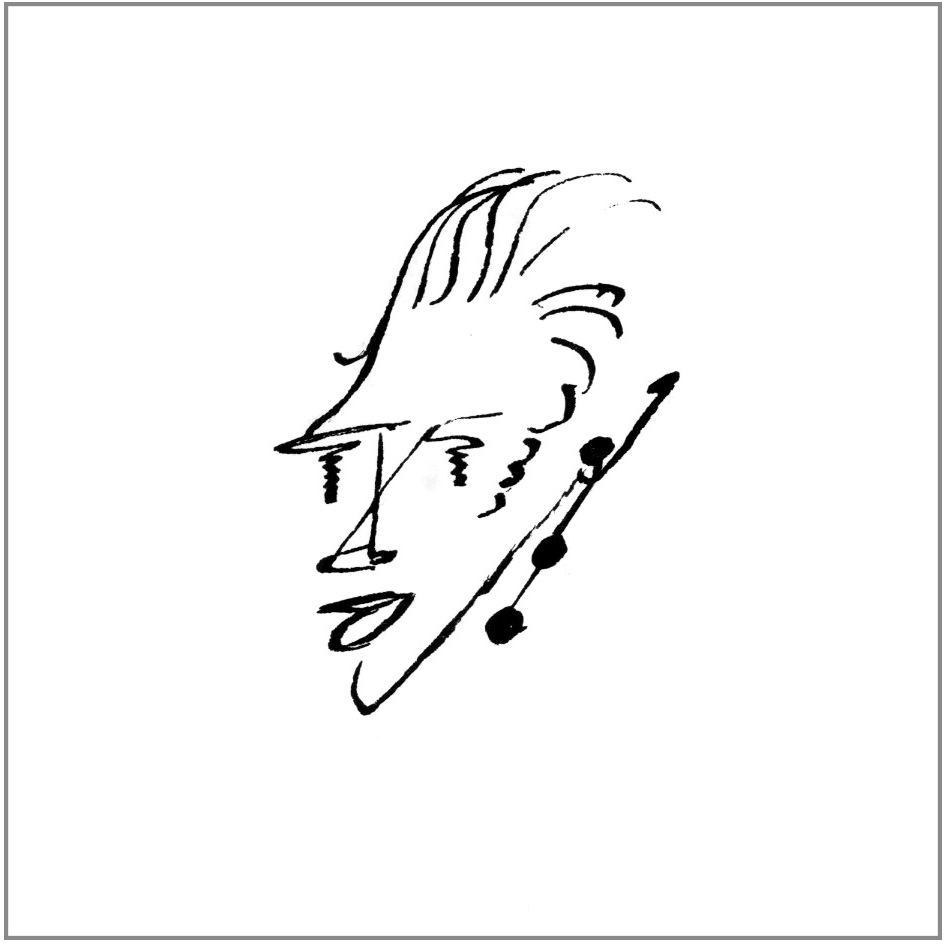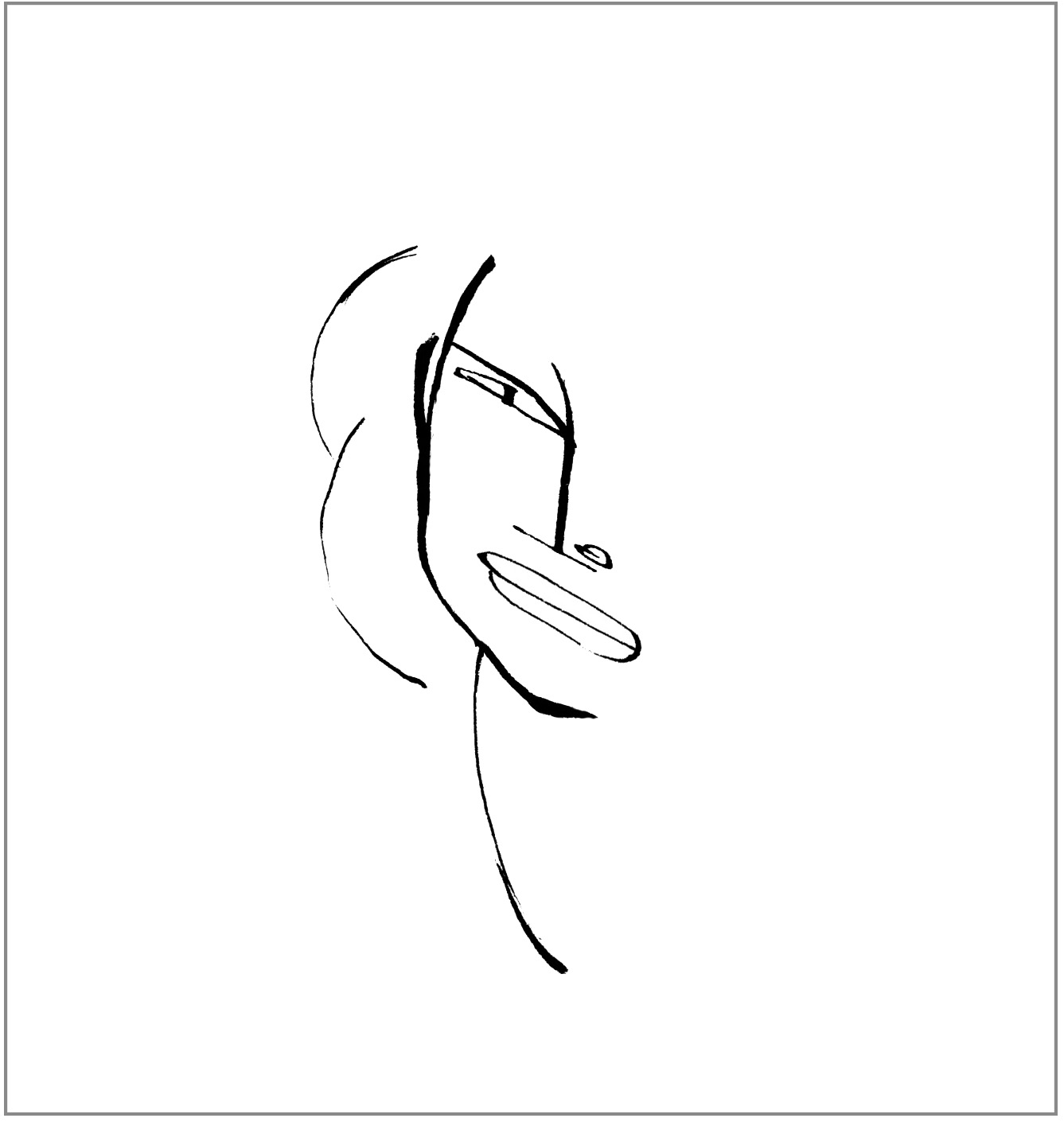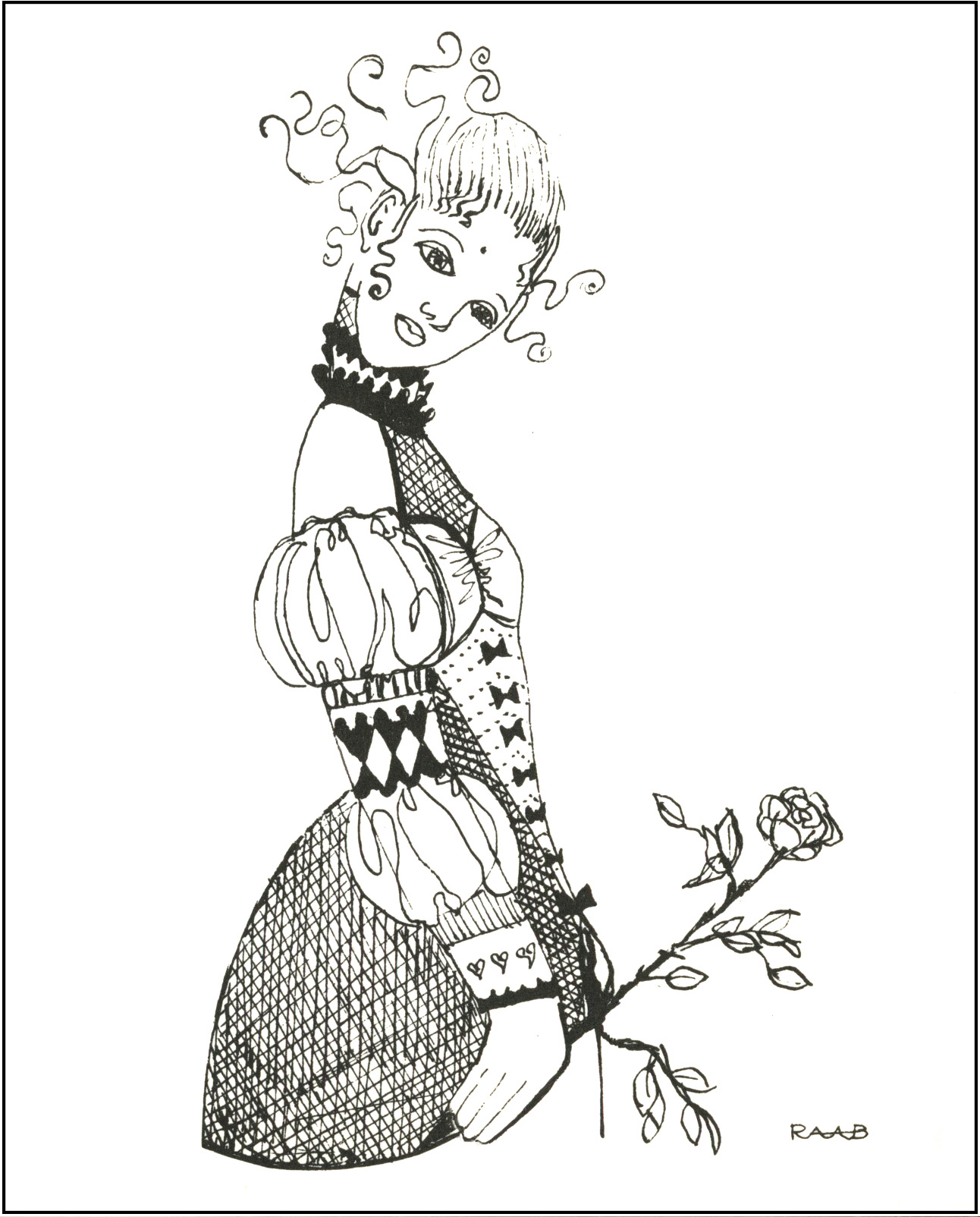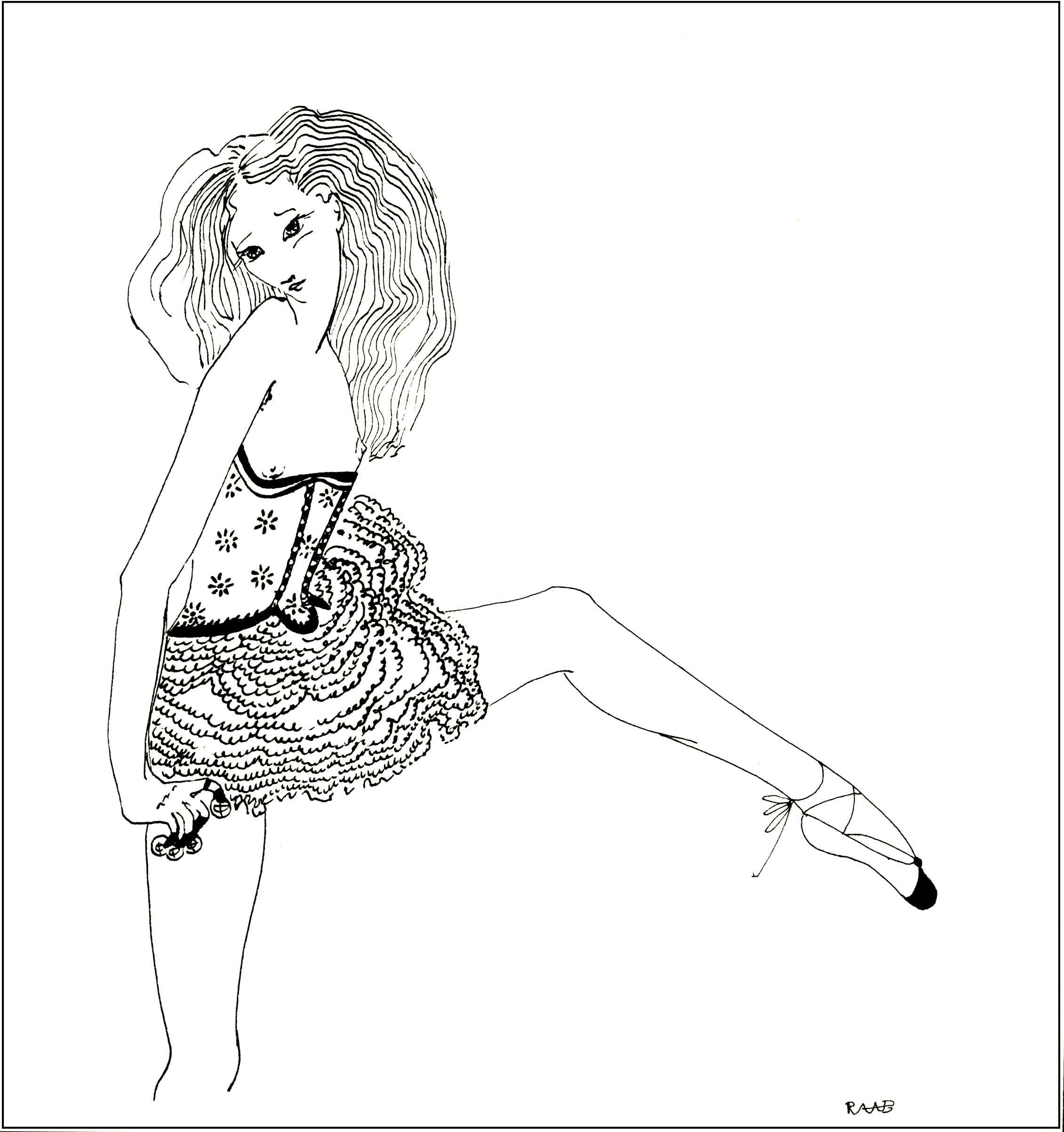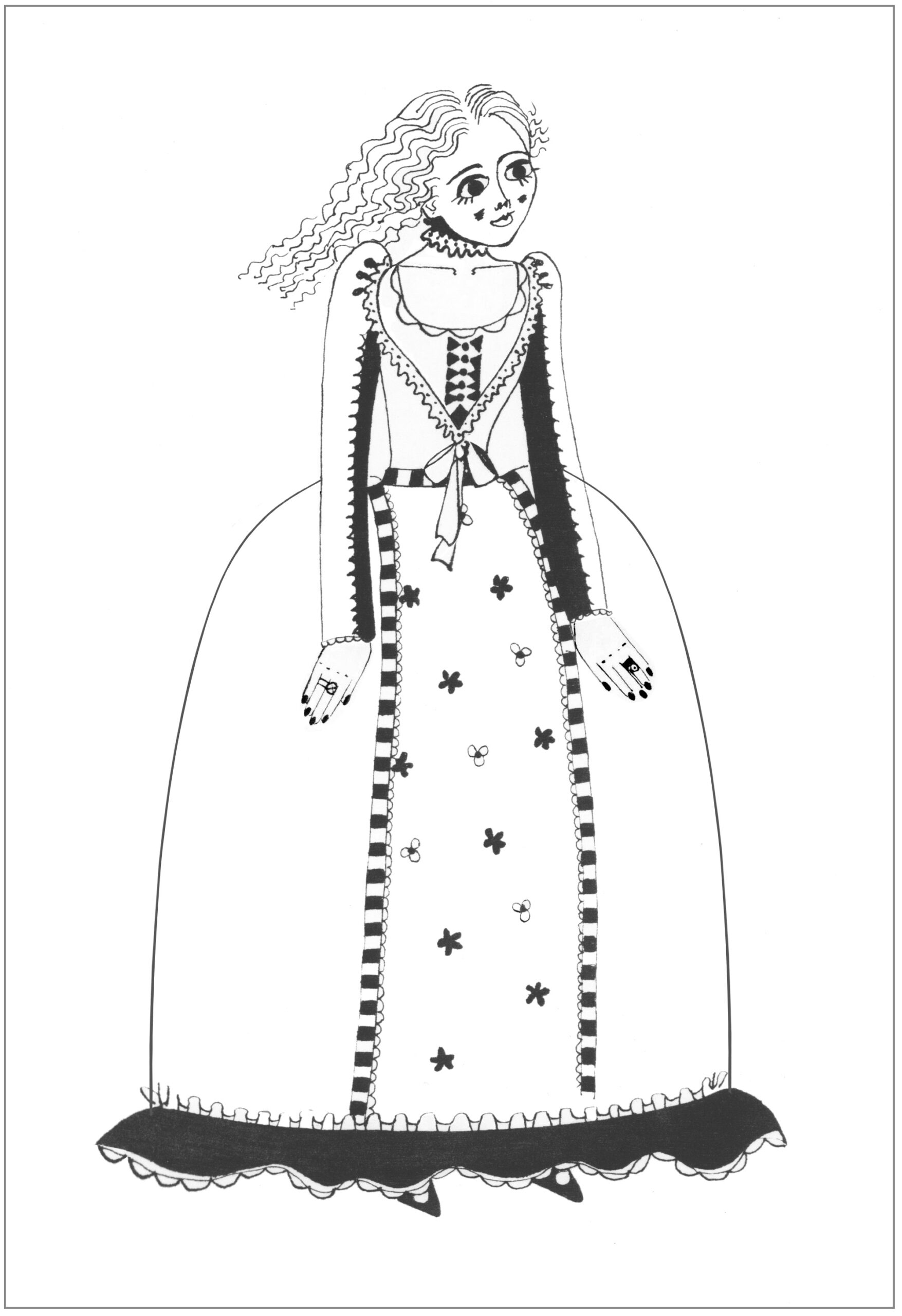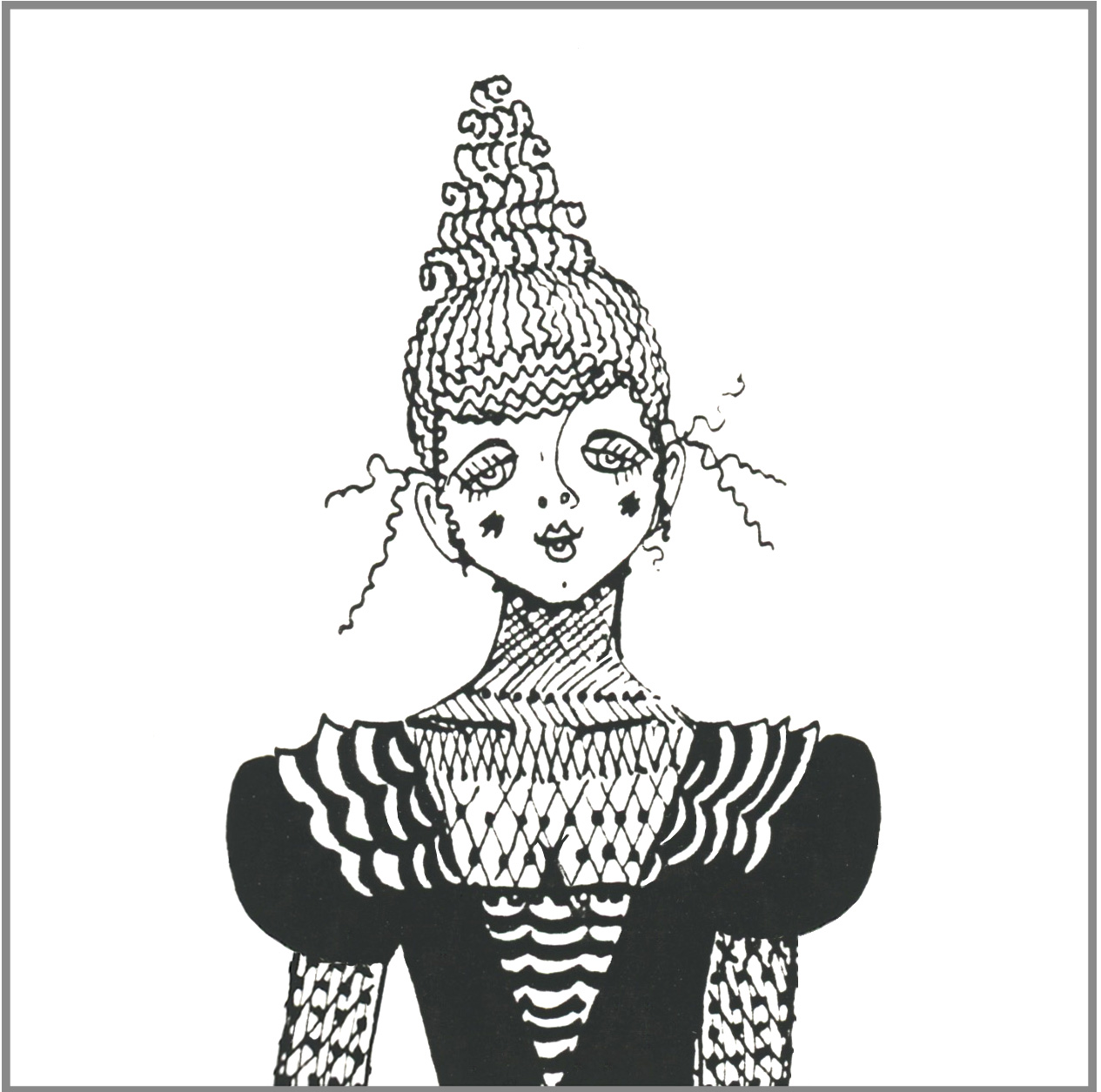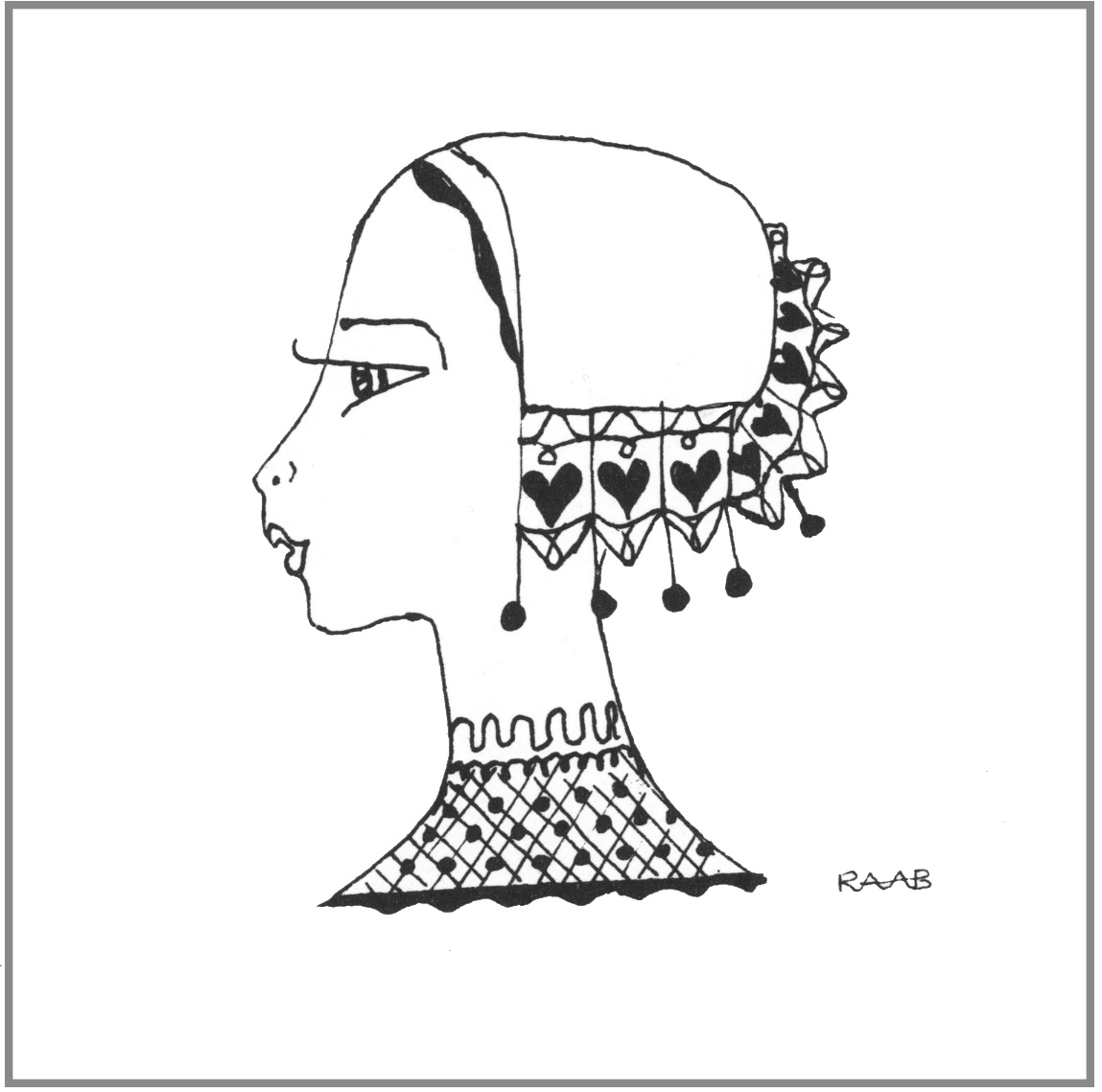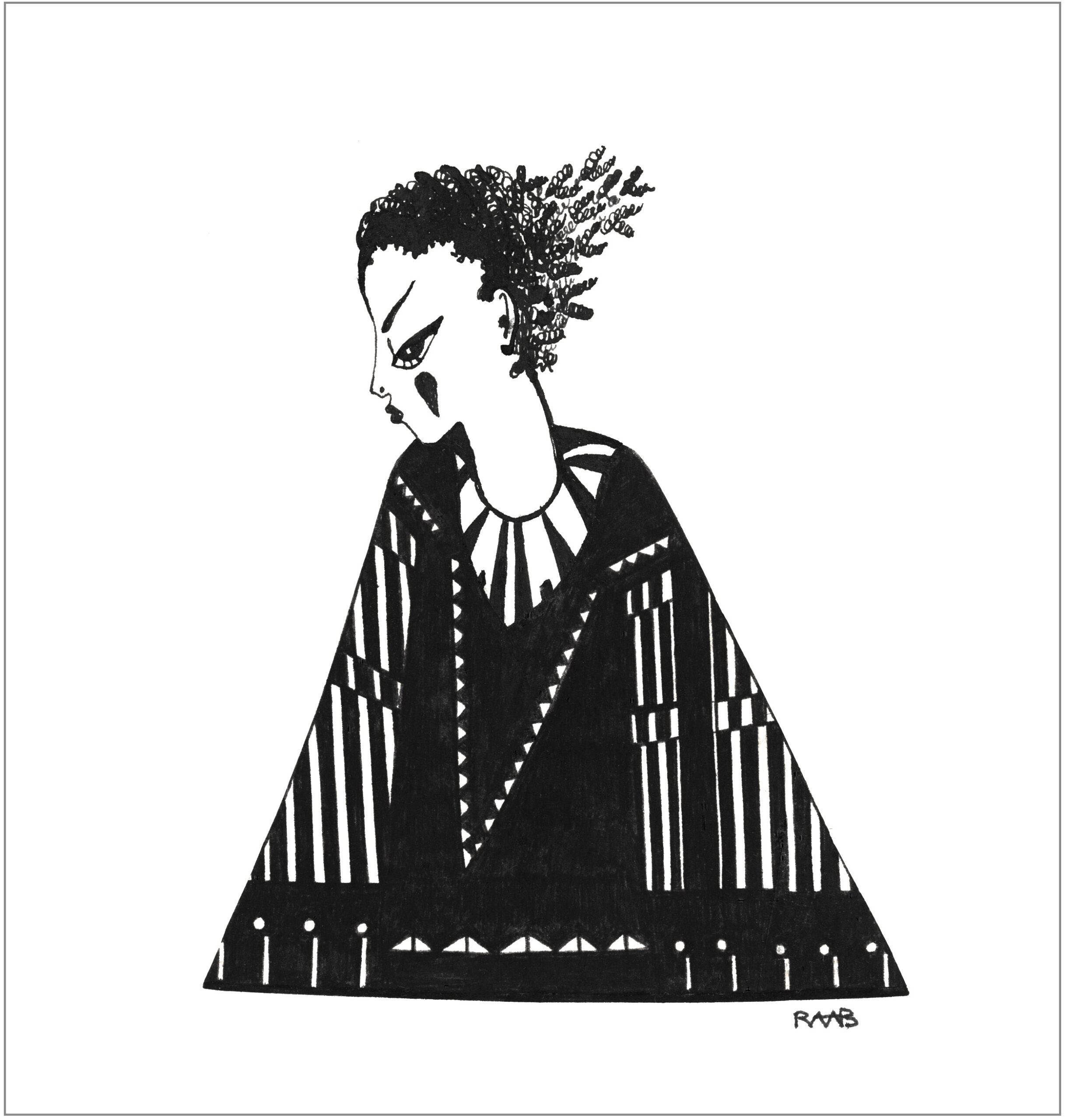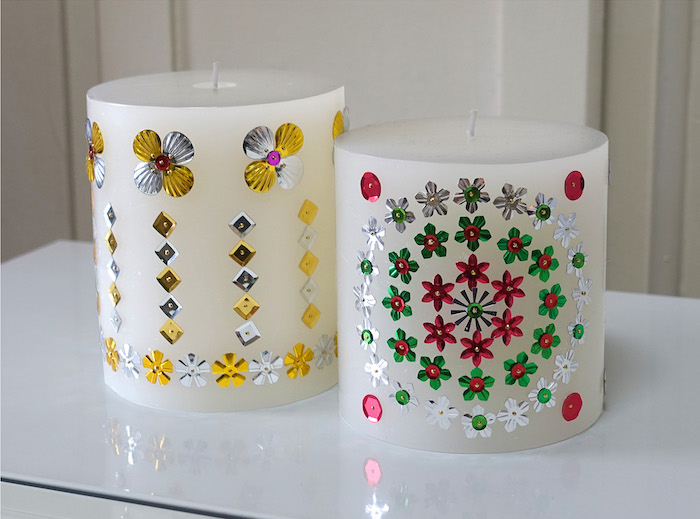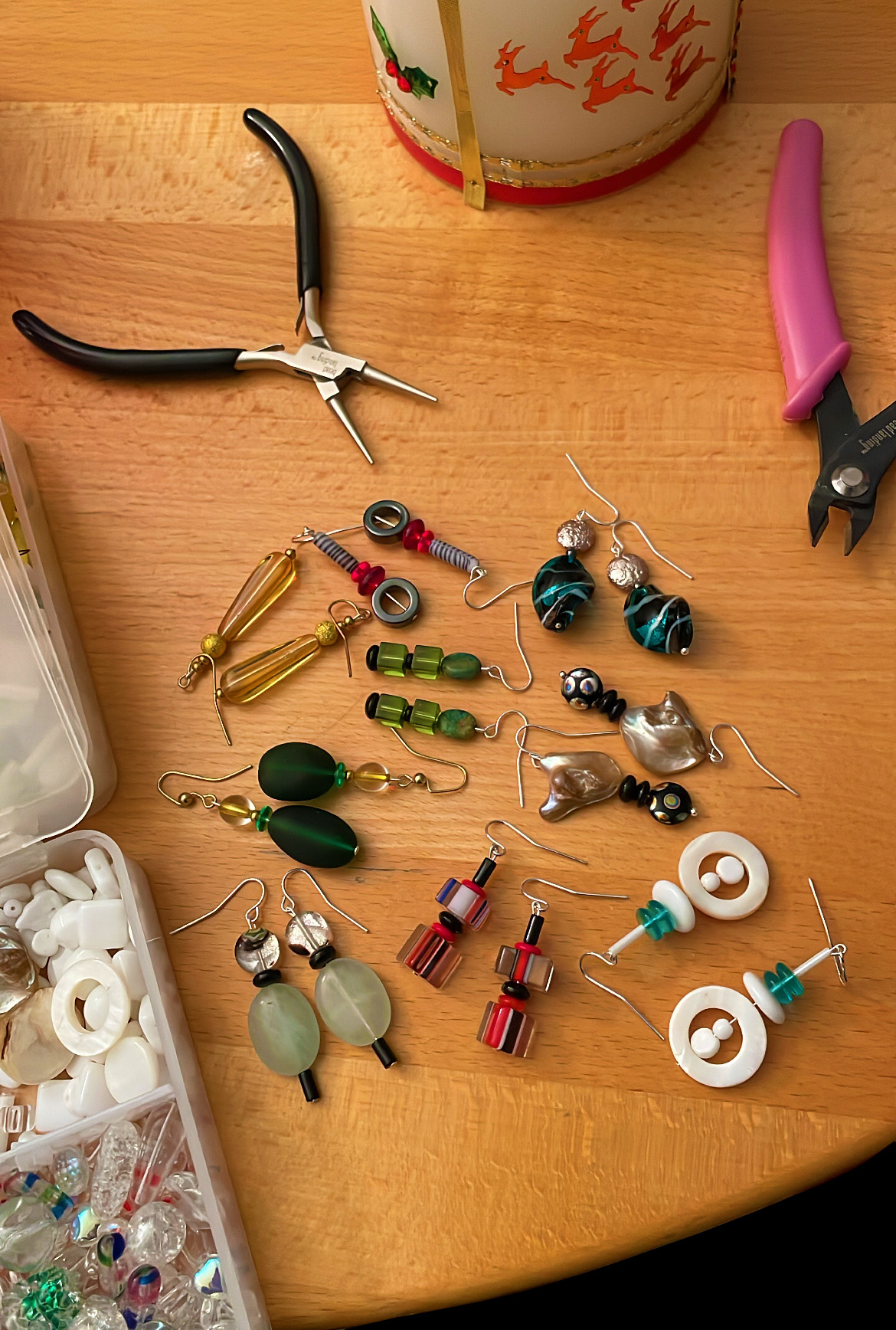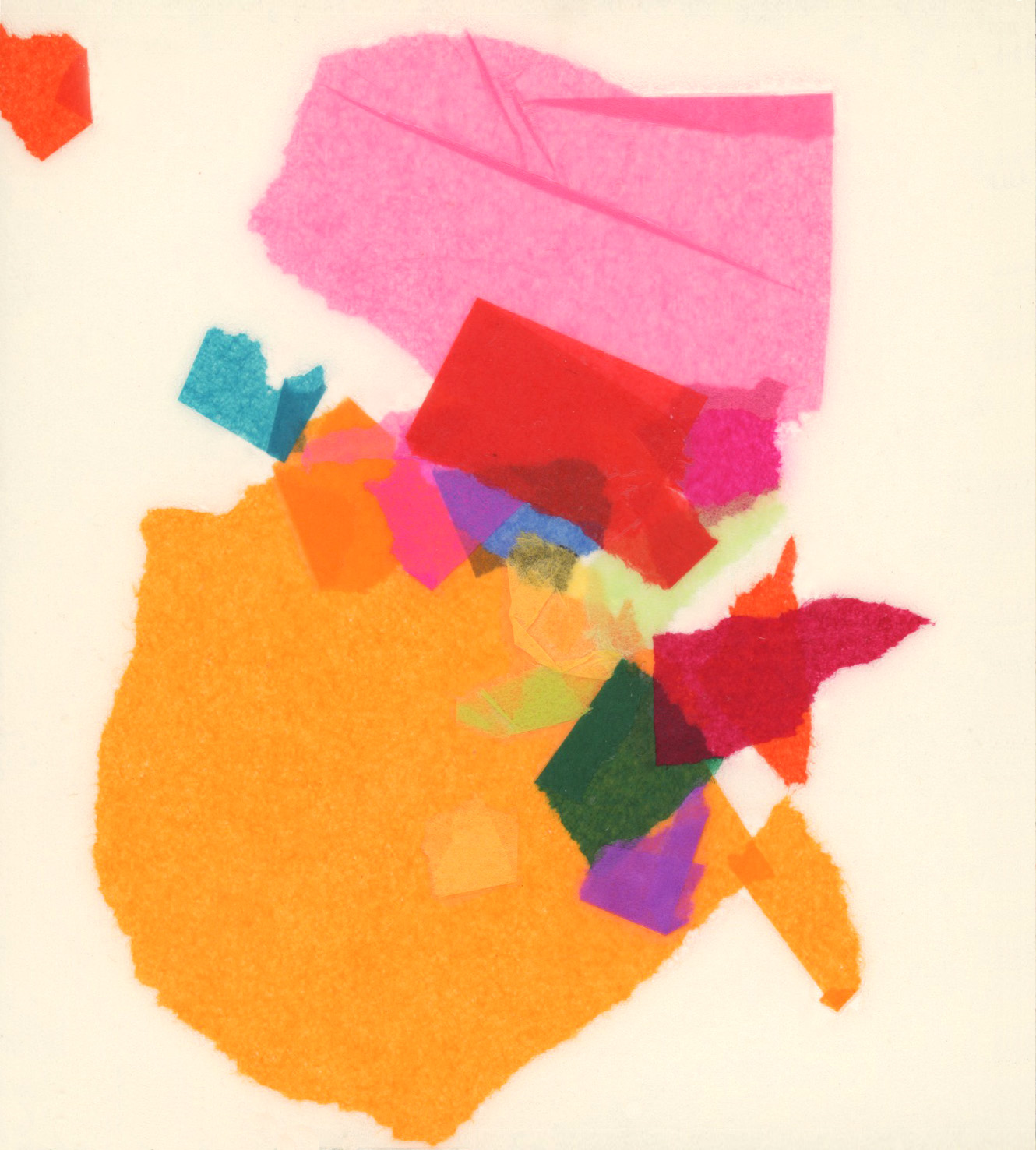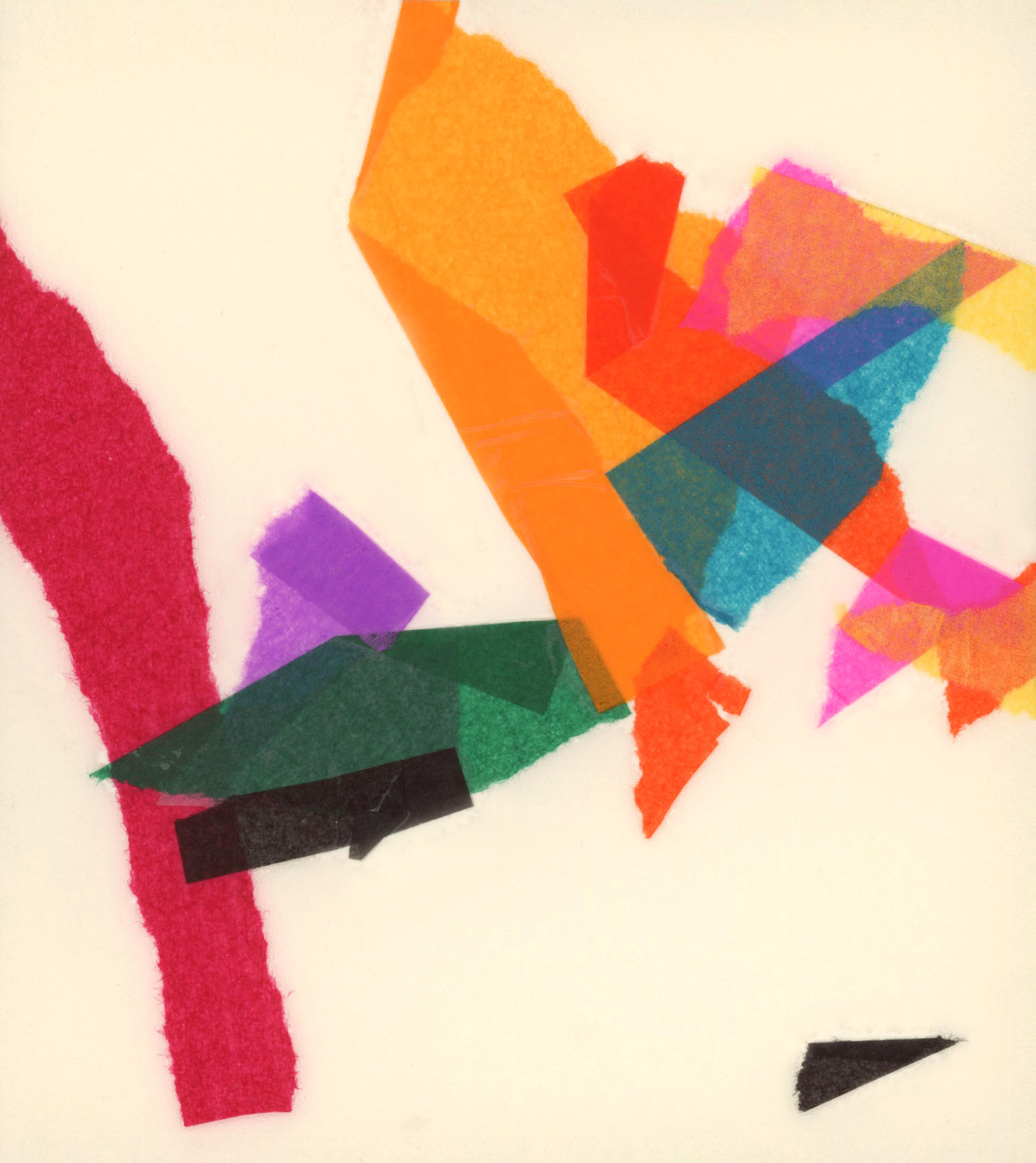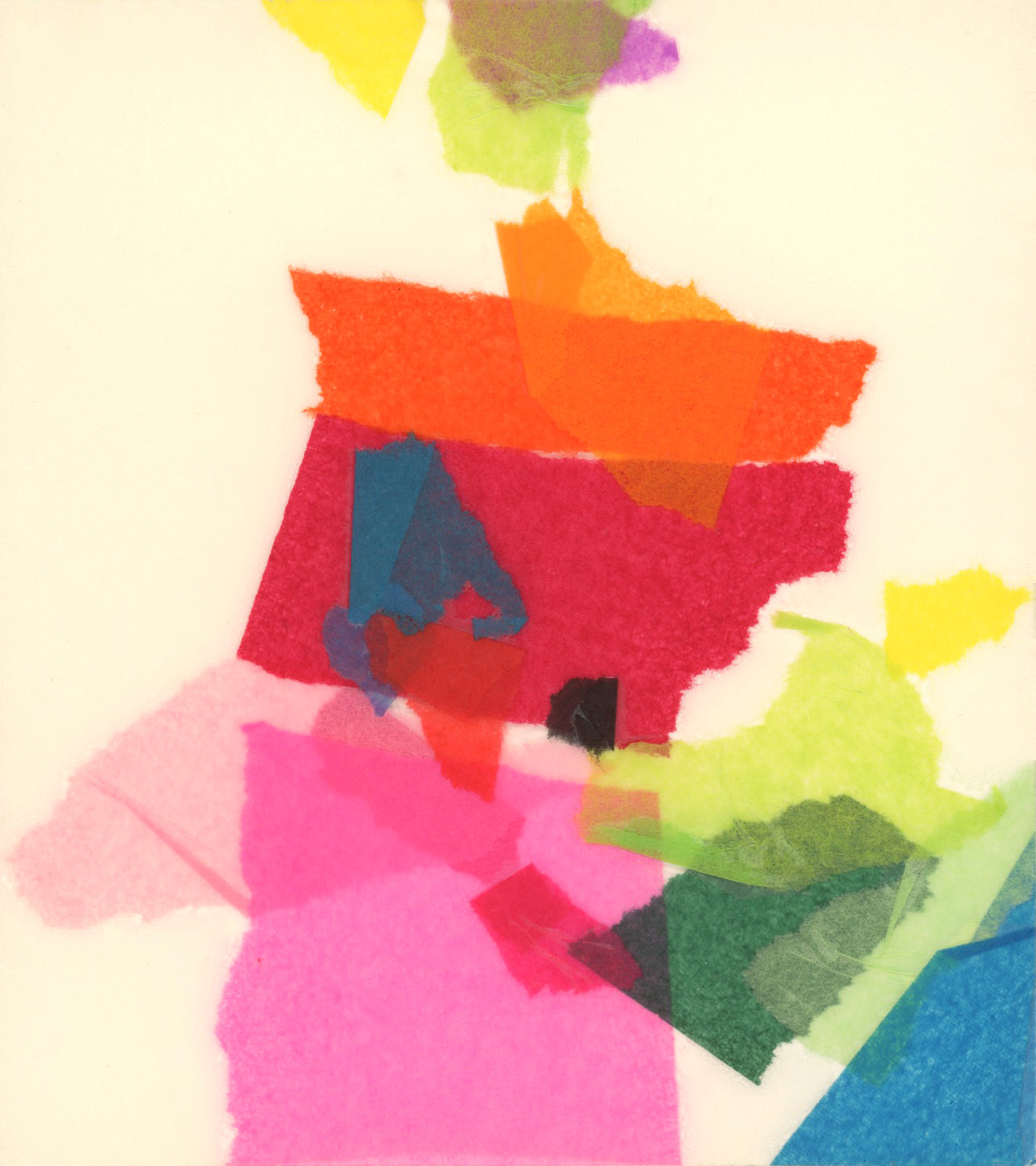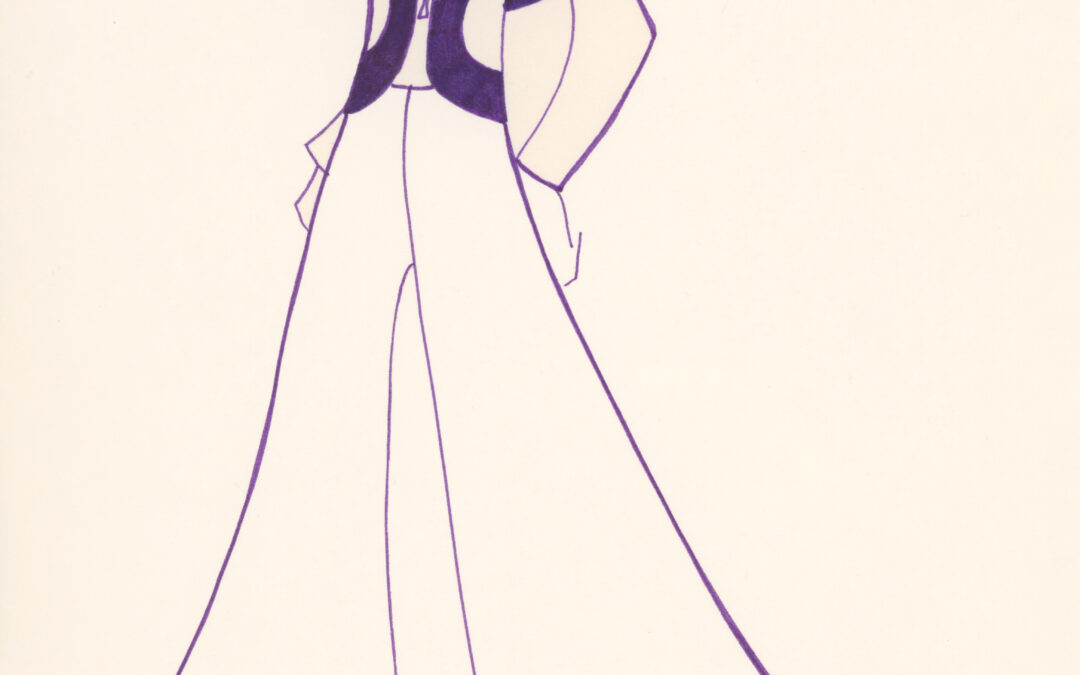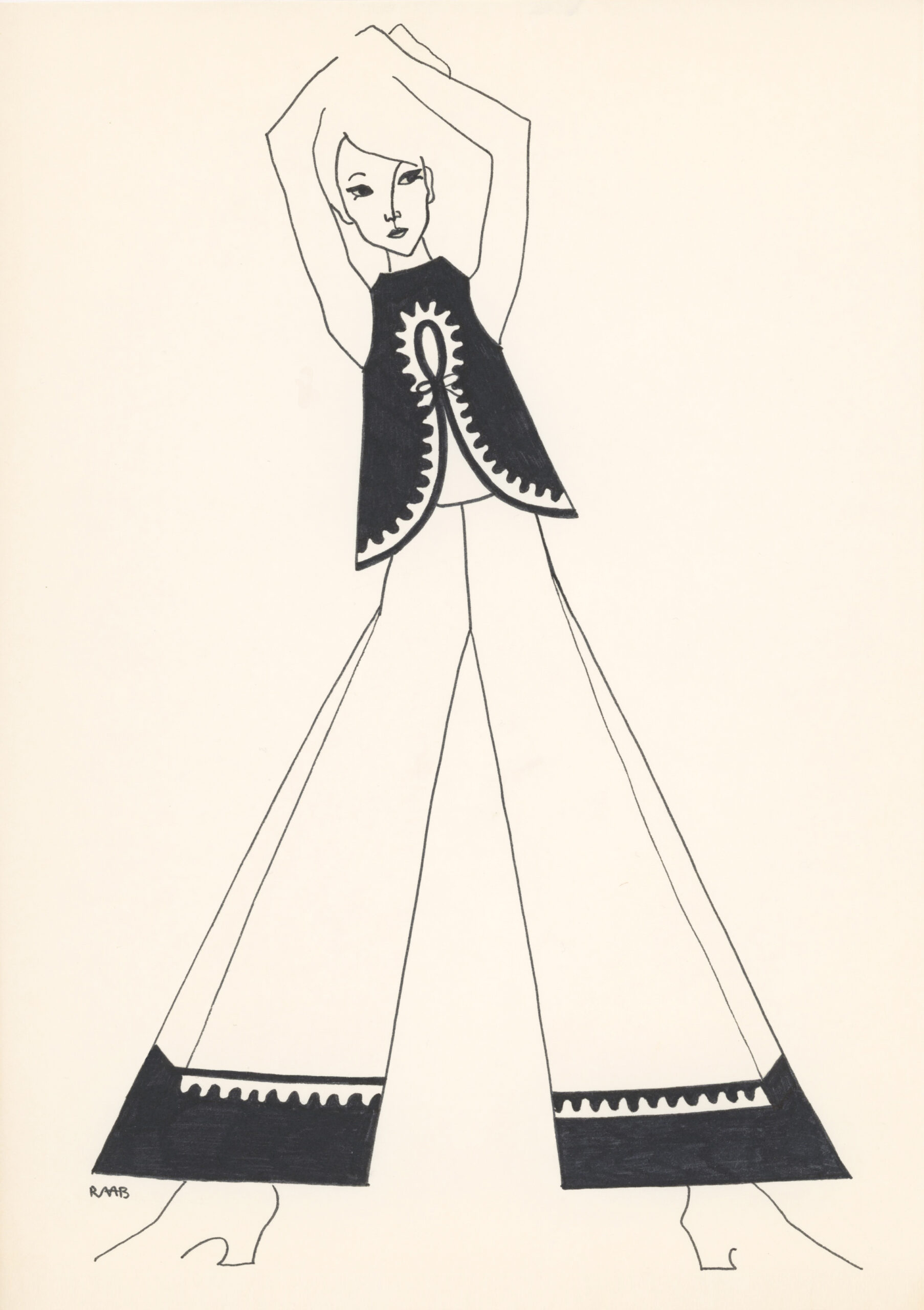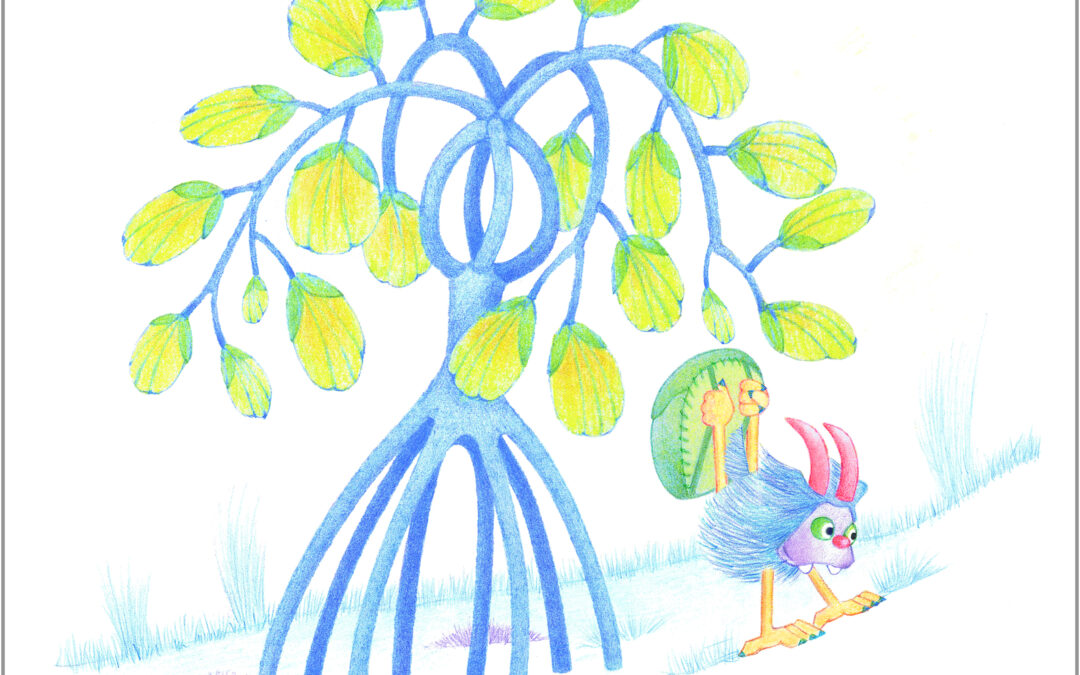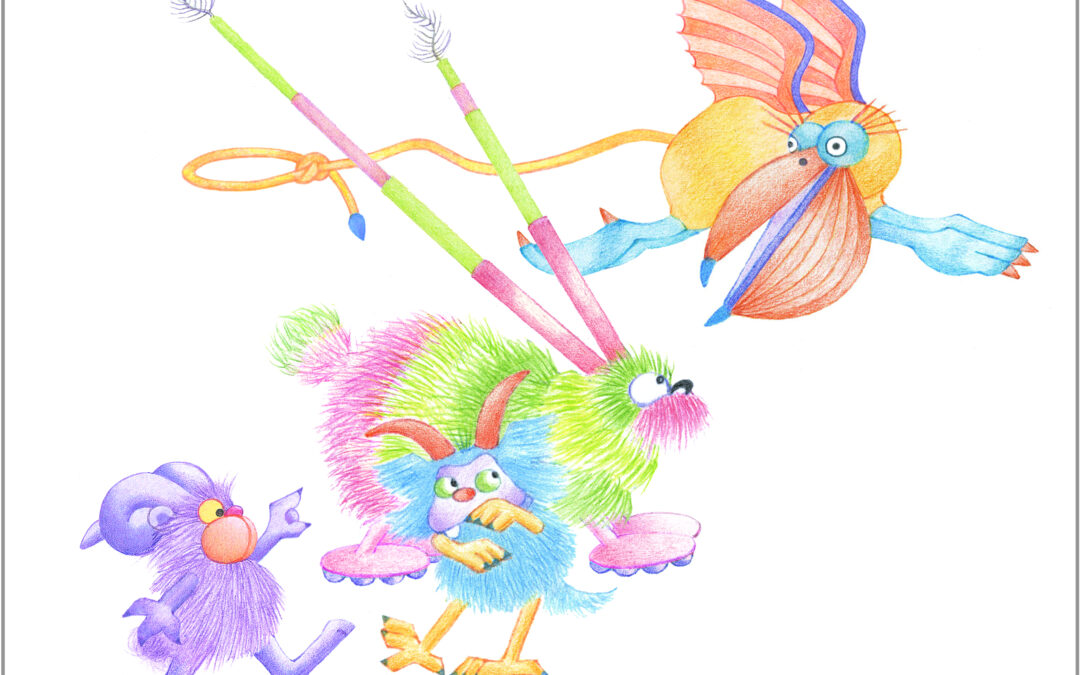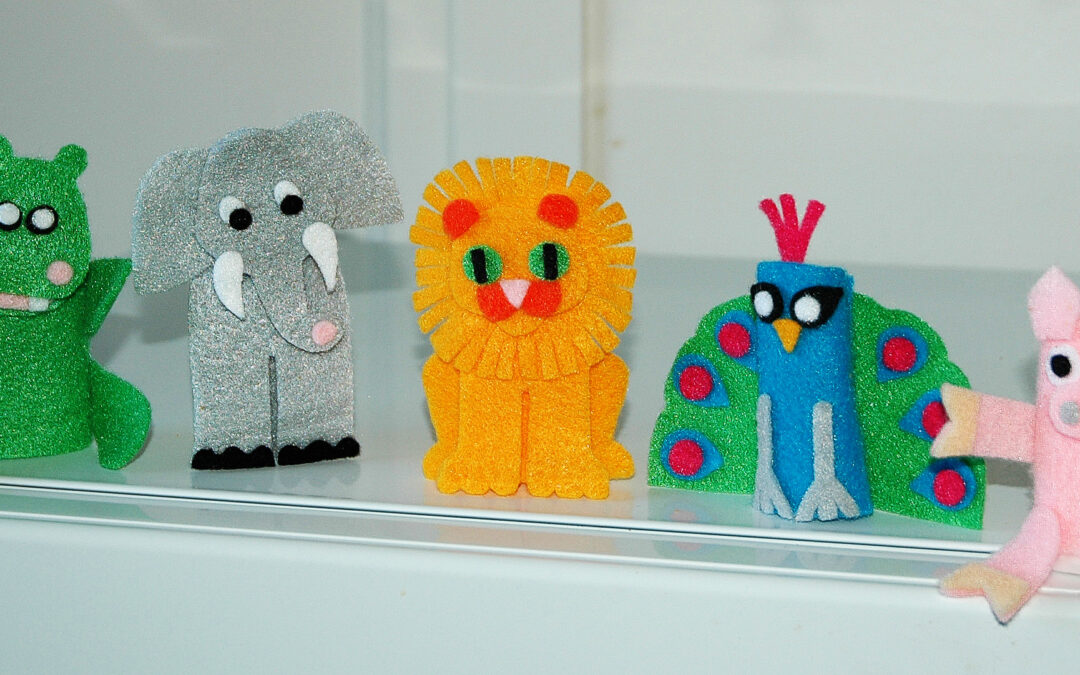
SEVEN HILLS SCHOOL
SEVEN HILLS SCHOOL
Shelly was a student in one of my art classes and lived just a few doors down in the Pine Creek Way condo community. One day her mom, Jean, told me there was an opening for a part-time teacher’s aide at Seven Hills School, the private elementary and preschool where she taught. Initially, I was thrilled to get the job, though I would be earning only $2 an hour. (Kids were about the only people I wasn’t painfully anxious around, as I’ve said.) The school was located in some farmed hills in Walnut Creek, the main building a ranch-style house with a garden and pool and a number of bungalows clustered around it. We had a cat, chickens, and a peacock and peahen underfoot, and cows in our back yard.
First I worked under a preschool teacher I’ll call Betty in the Red Barn, an actual barn that had been converted into two classrooms. From early on, I sensed that, like me, Betty suffered from depression, her repertoire of activities so limited that they didn’t provide much stimulation for the kids. Remembering how much I loved making forts as a child, one day I arrived with a large cardboard box that I had cut a door and windows into, big enough to be a tiny “playhouse”—well, big enough for a couple of kids to sit in, at least. I also brought a bunch of old wallpaper sample books, which the kids tore the pages out of and pasted onto the exterior of the “house.” They were so enthusiastic—and unruly, Betty thought—that forever after that she rejected all my creative ideas. I don’t know how many months I spent as her aide, but when the opportunity presented itself to work with Jean, Lu (the principal) allowed me to switch. Jean, it turned out, was masterful with kids—warm and patient and relaxed—and appreciative of my creativity as well.
My second year as an aide, I worked with Karl, the one male teacher in the school, who had the most advanced class of the five preschools. We had a choice location—two cozy rooms in the main building, one with a little nook that I turned into an actual playhouse. There was already a small round yellow table and chairs, but I created the illusion of a window with a poster of two children walking down a scenic road that I framed with gingham curtains and added a matching tablecloth and napkins; then I scoured the local thrift shop for kitchen utensils. In a Woodshop for Women class I took in the evenings, I built a faux fireplace for the playhouse that I covered with contact paper with a brick pattern and hung a picture over it.
As for the academic side of things, Karl was a wonderfully creative teacher and would introduce a different letter of the alphabet each week, centering the daily activities around that letter. If the letter was C, for example, he might bring a cricket in a jar, a geode with crystals, serve cantaloupe for a snack, read a story about a crocodile, etc. Soon I was making my own contributions and starting to design card and board games that provided practice with letters and numbers. I also made felt finger puppets, wondering if I could sell my designs. At Christmas I gave one to each student in the class.
